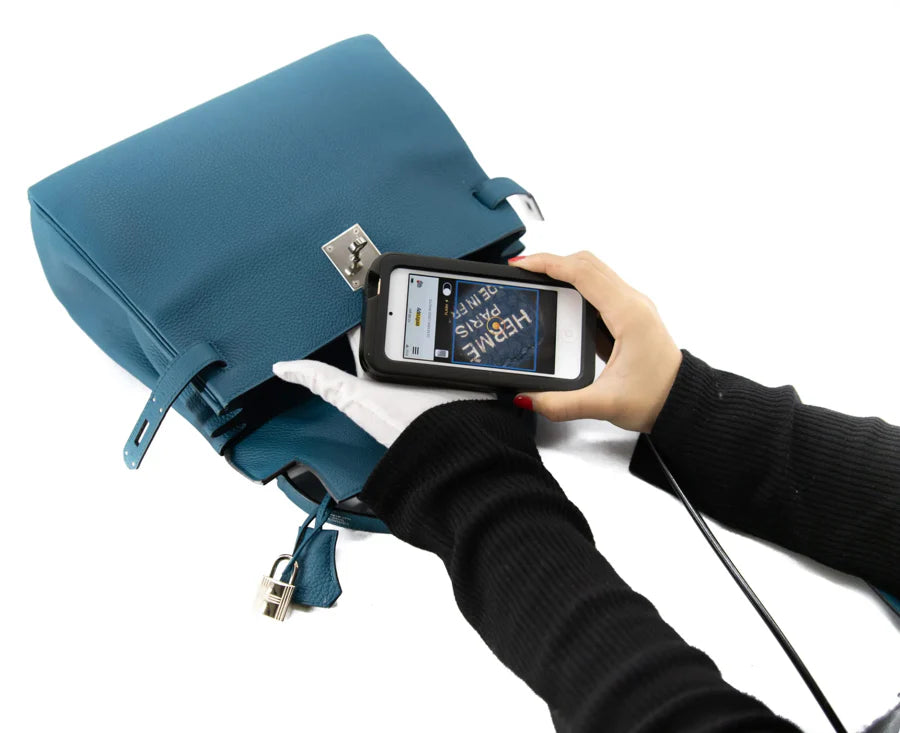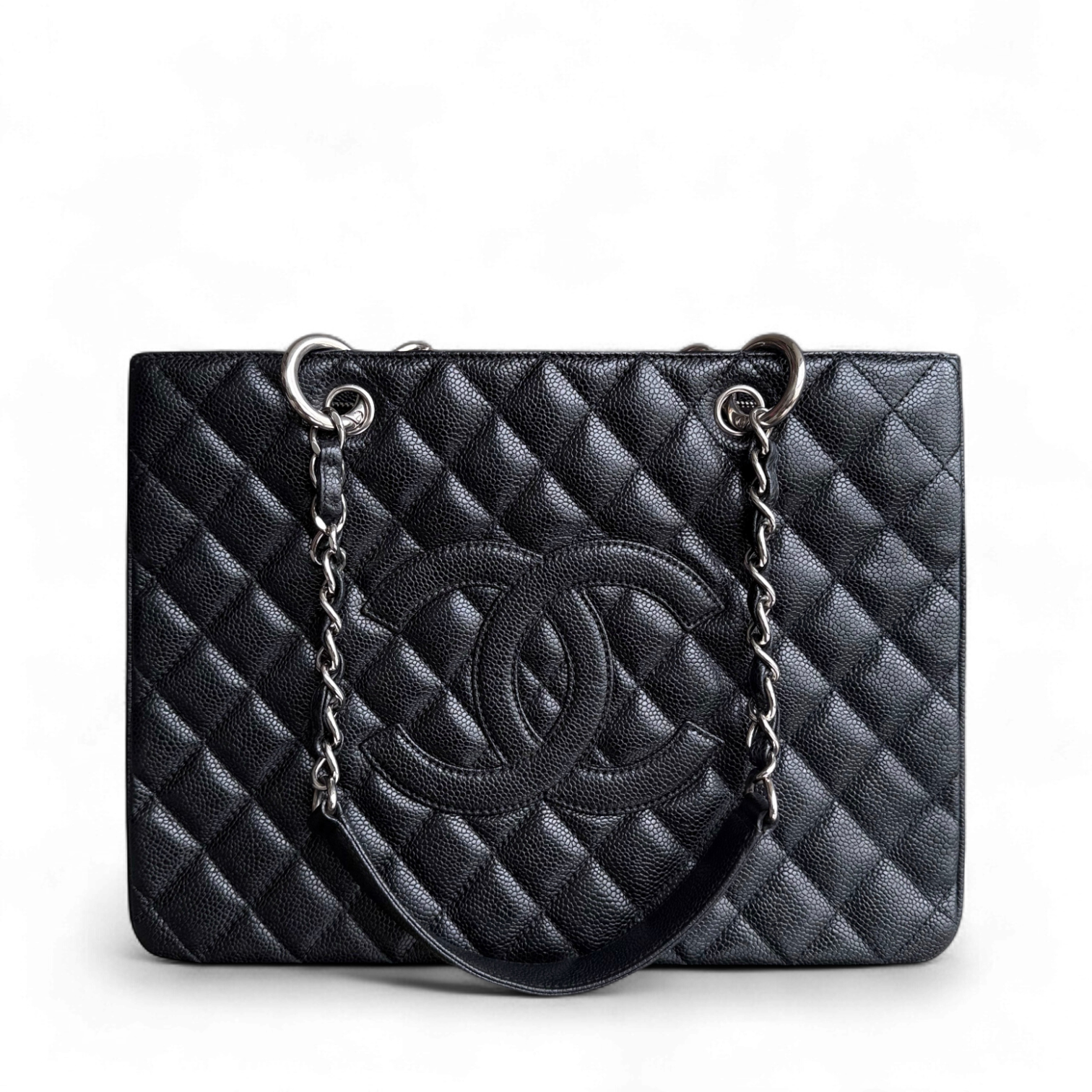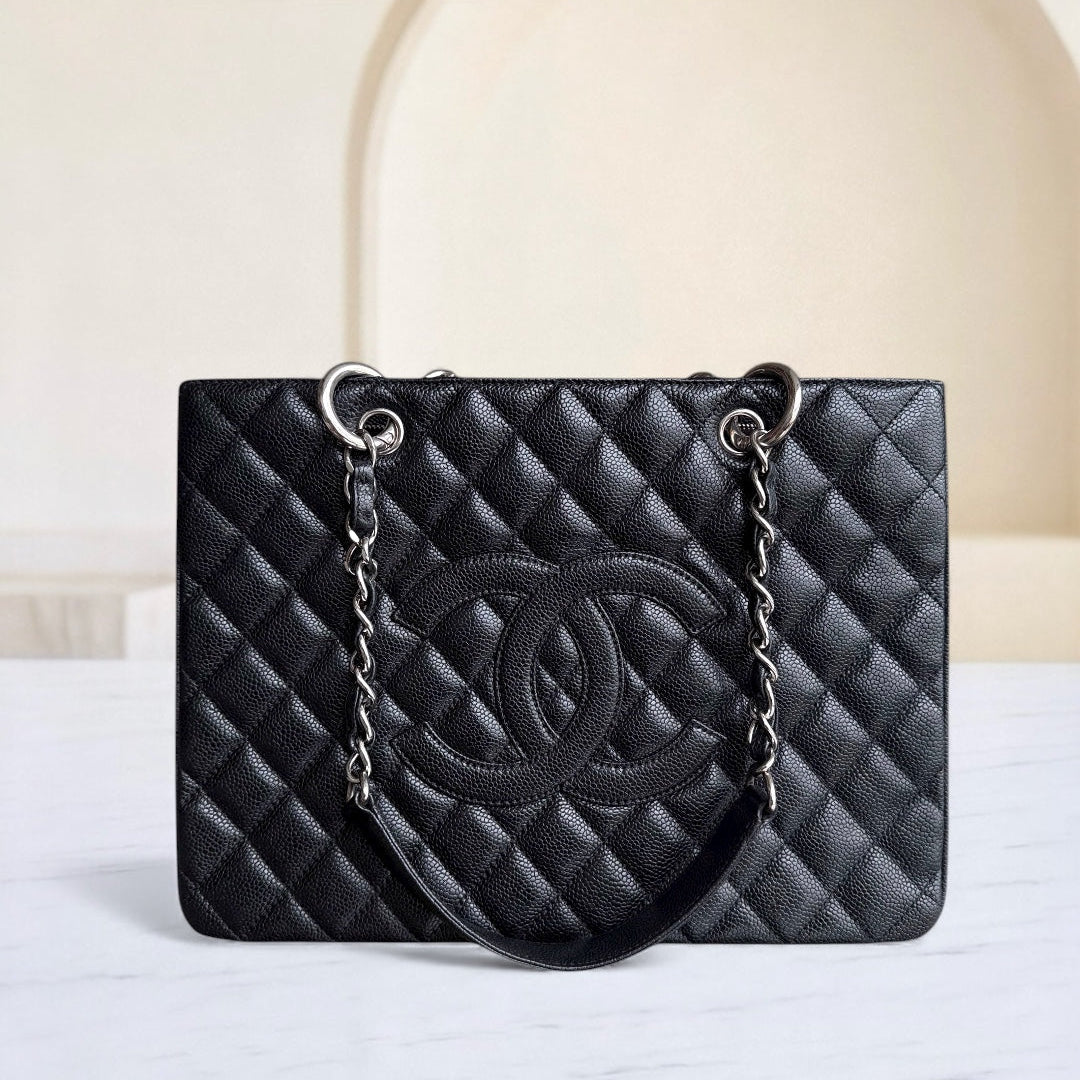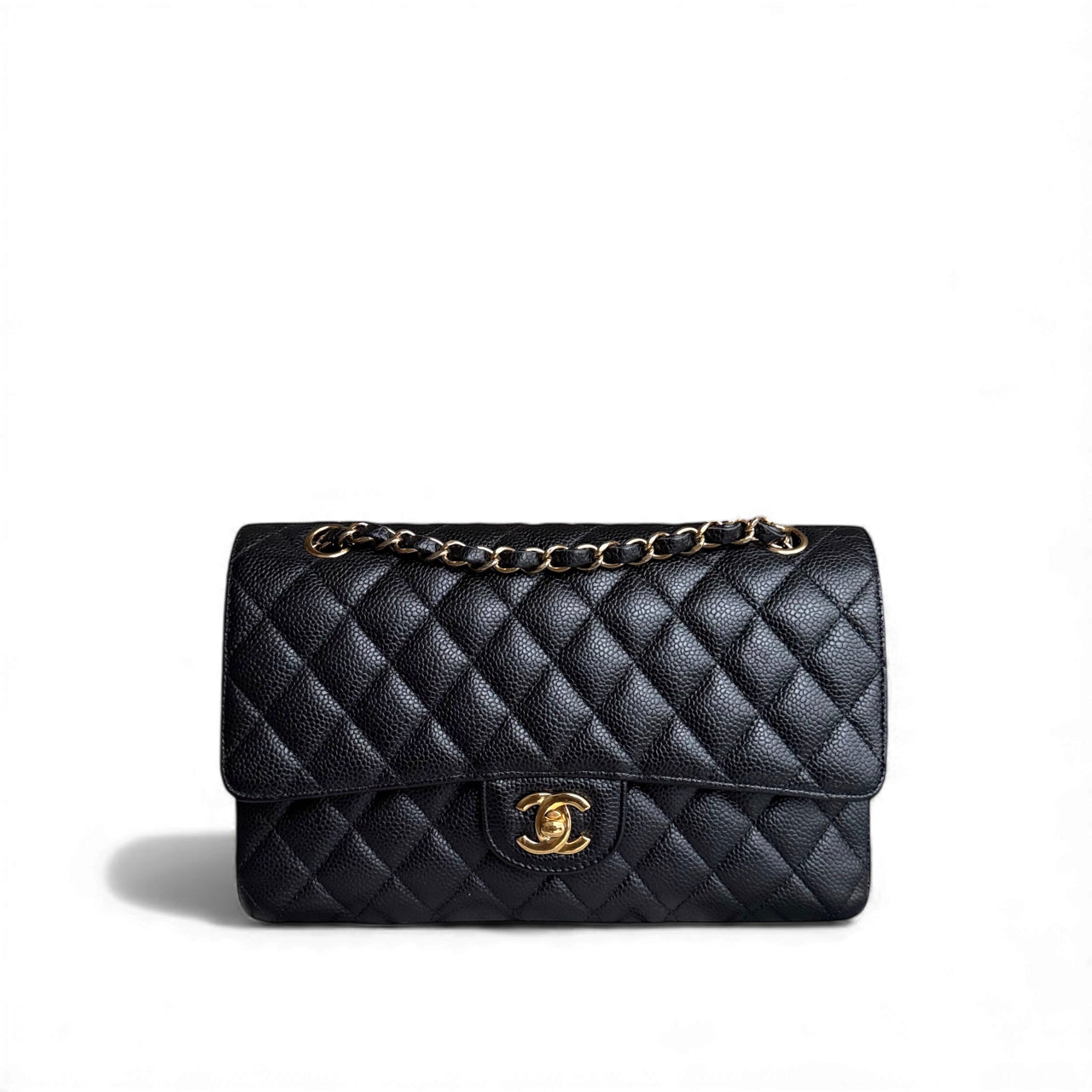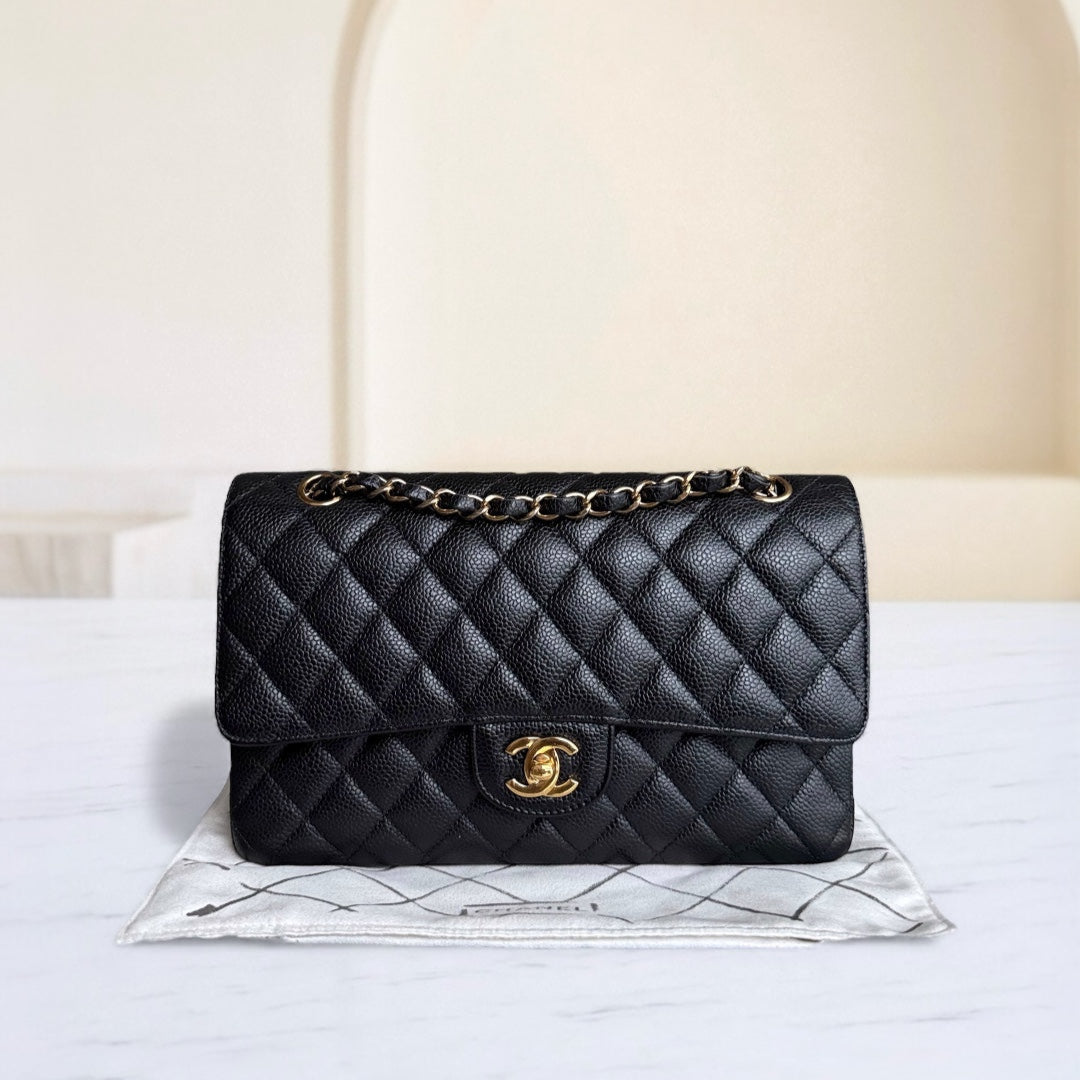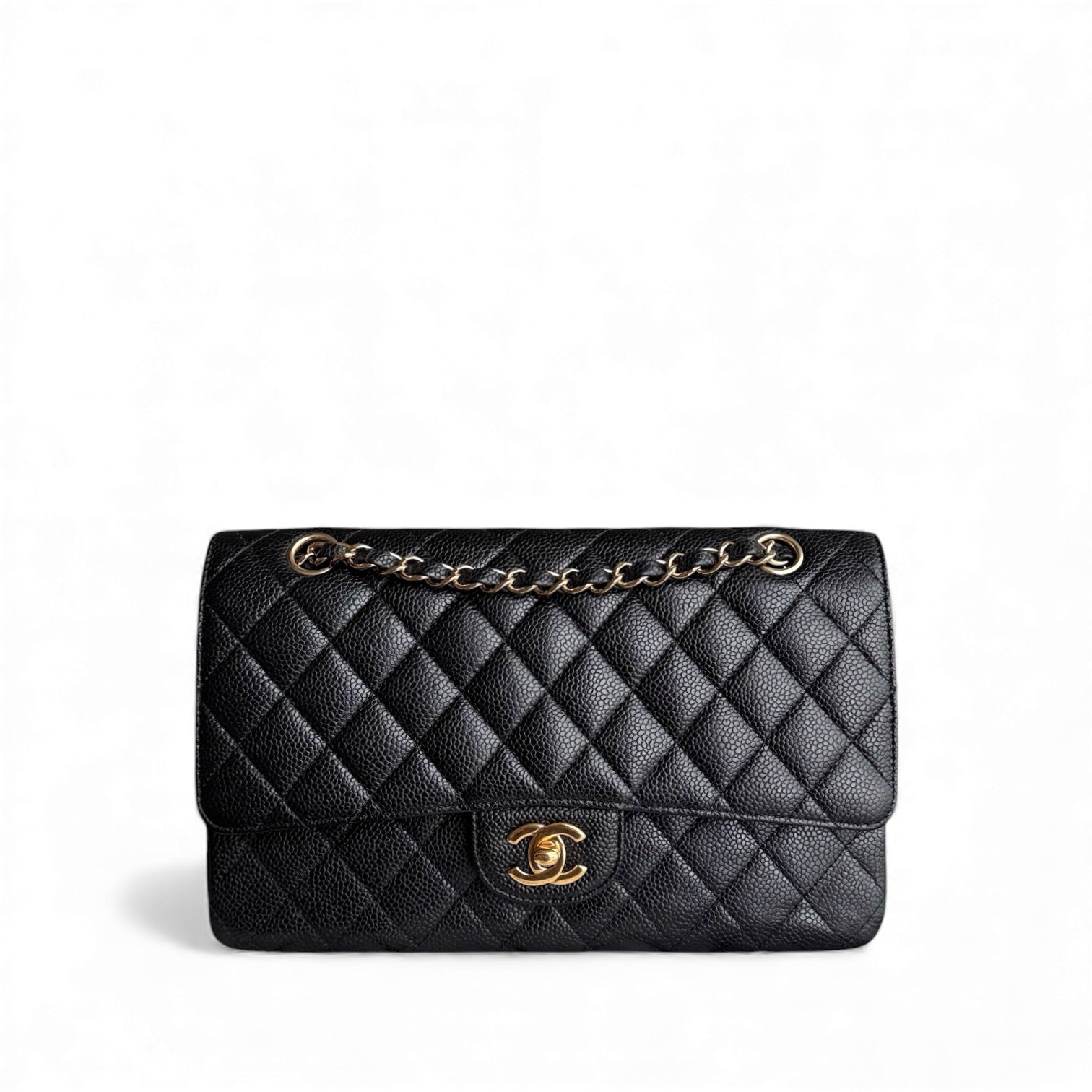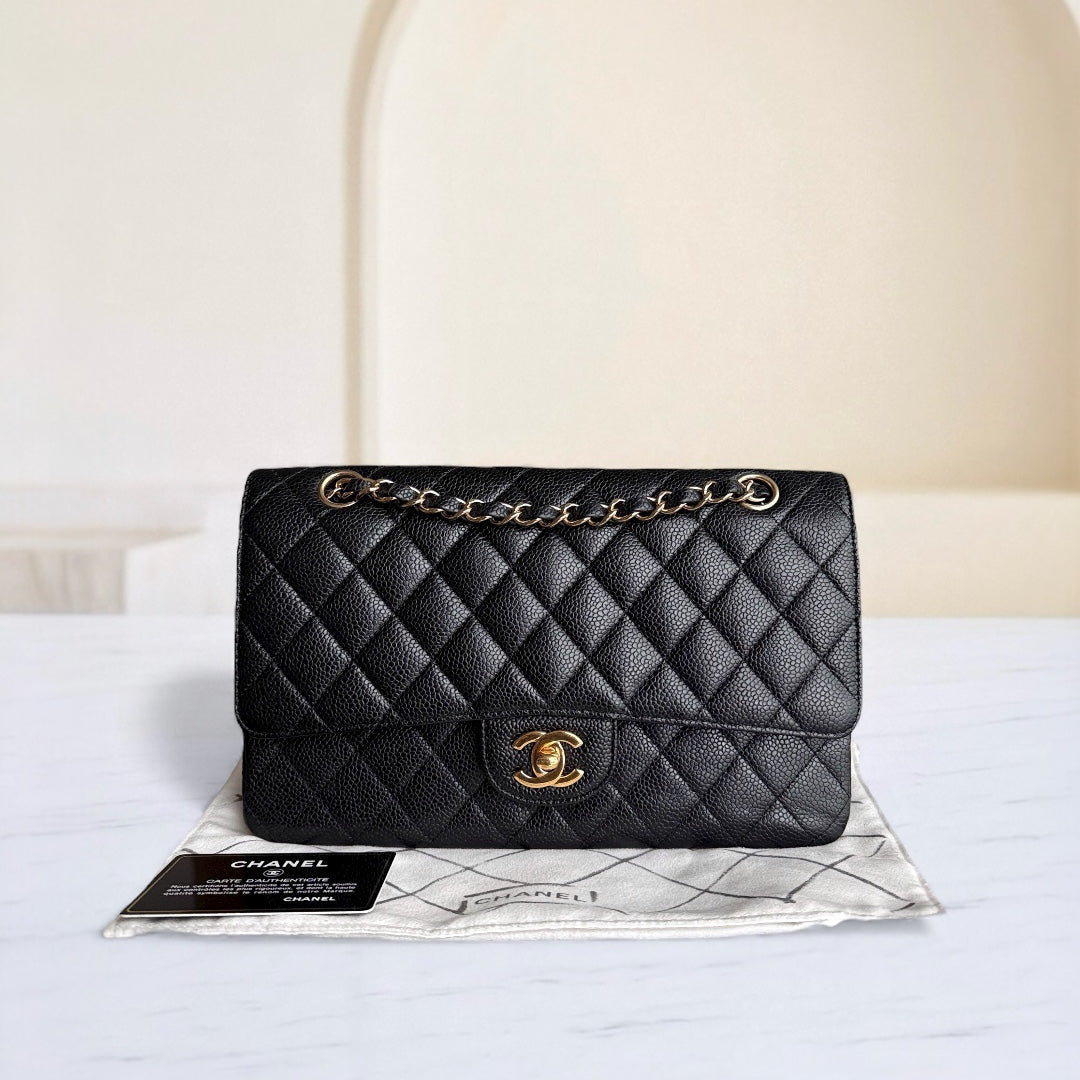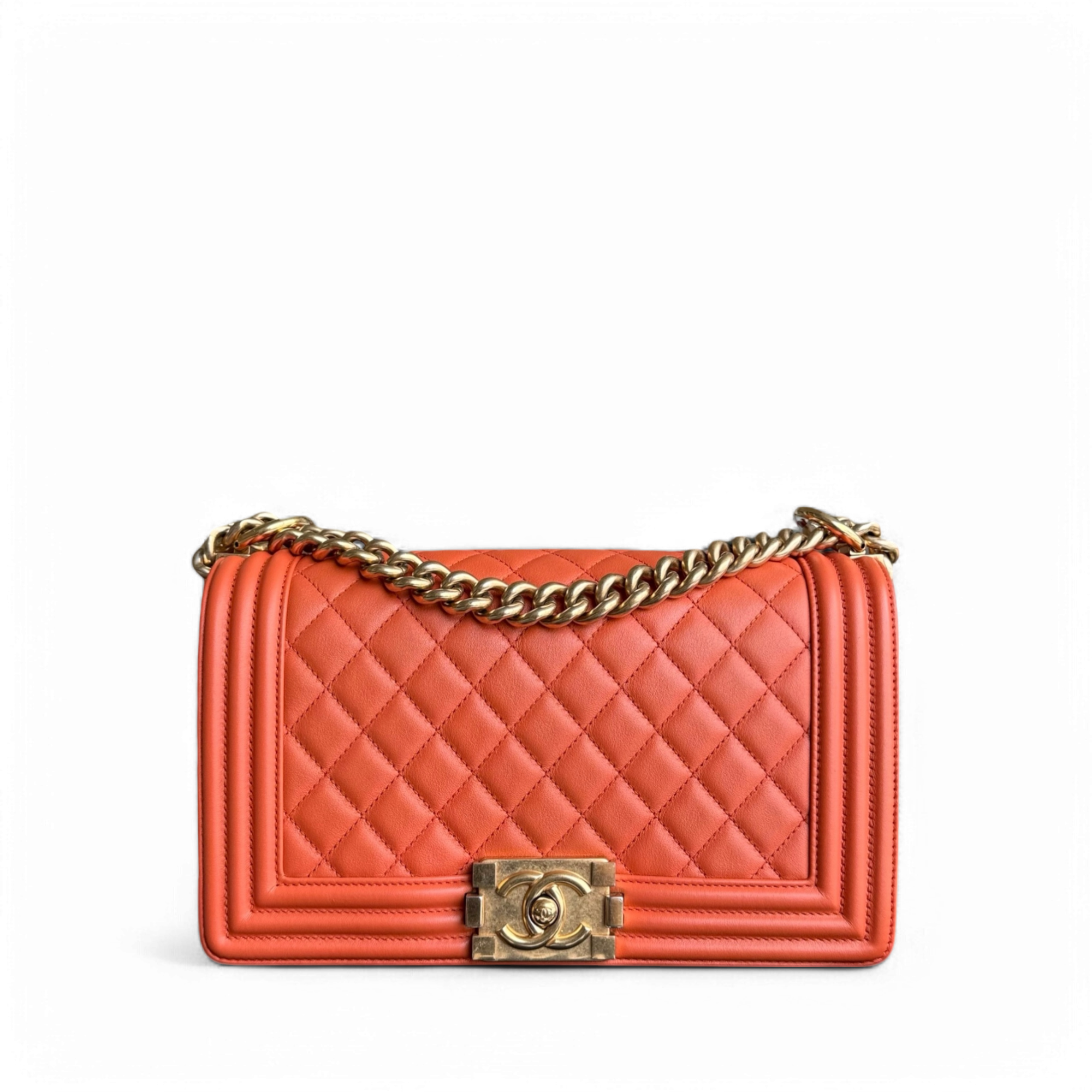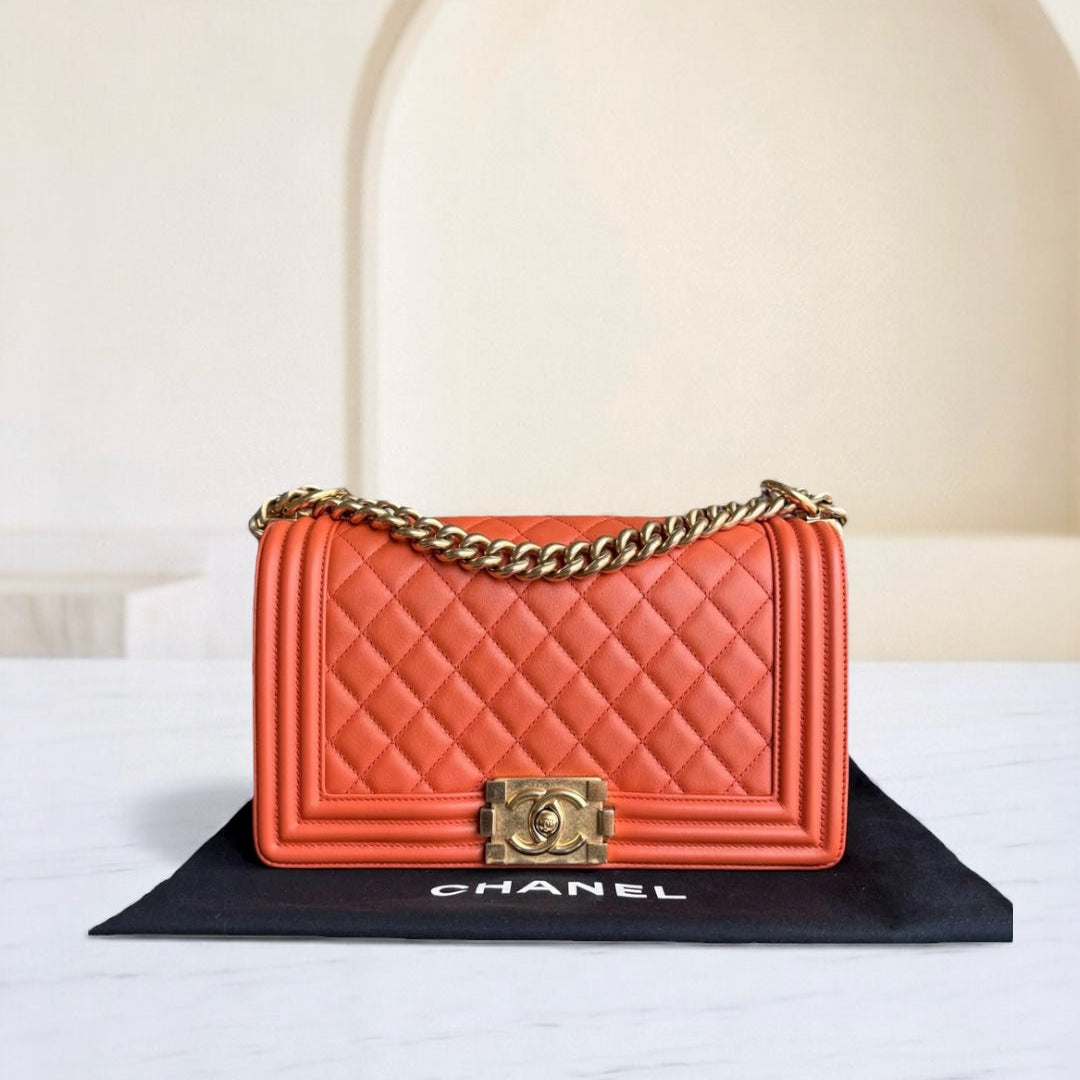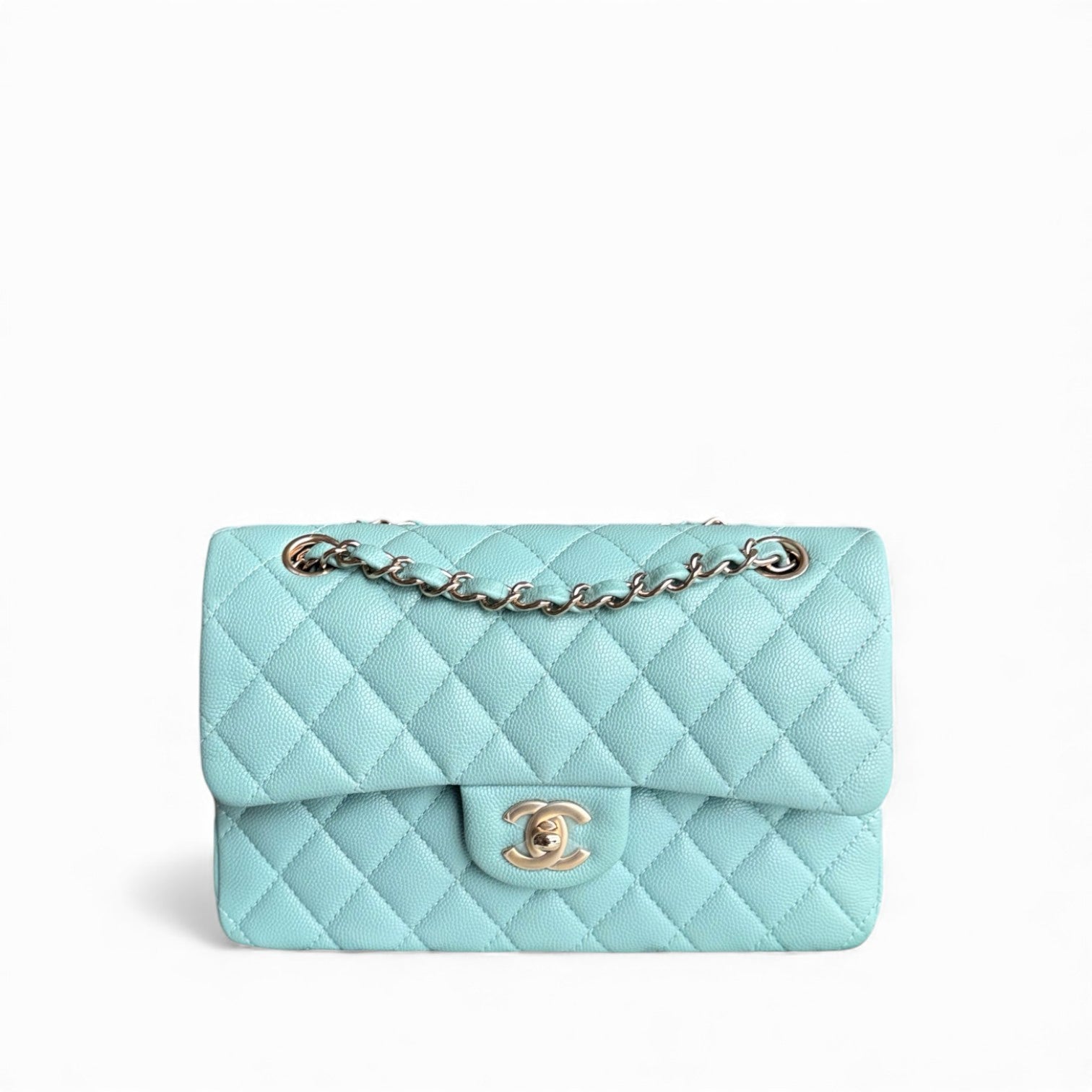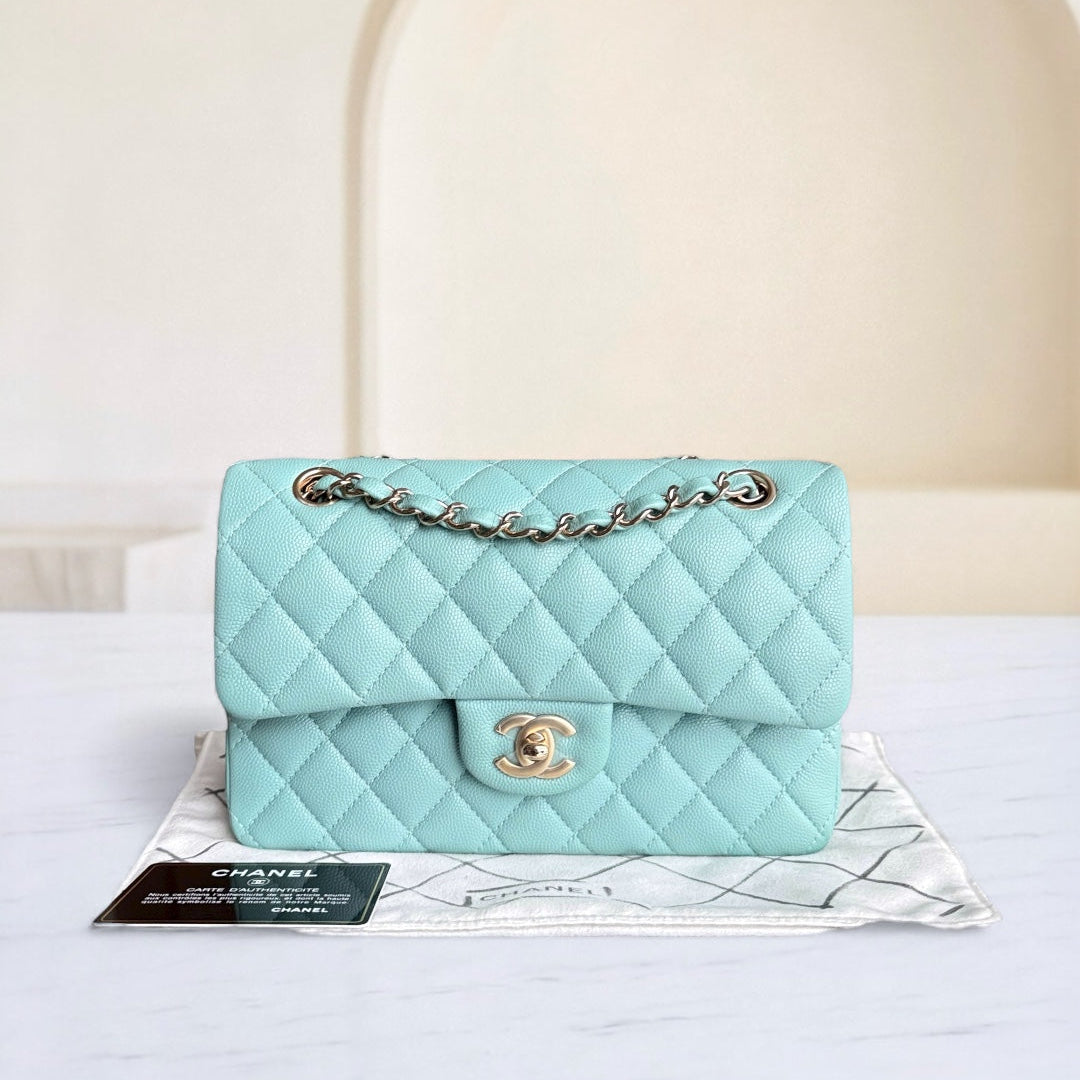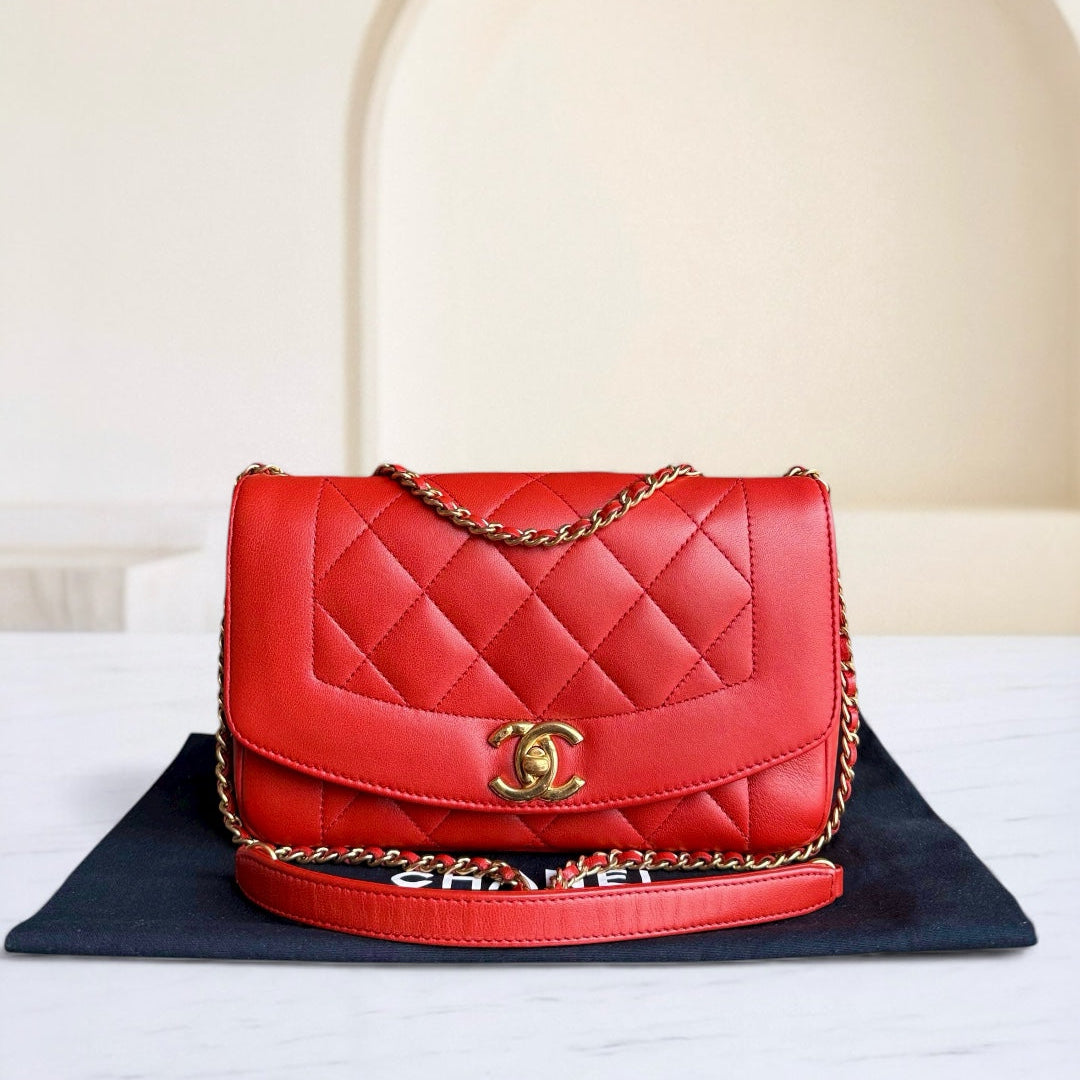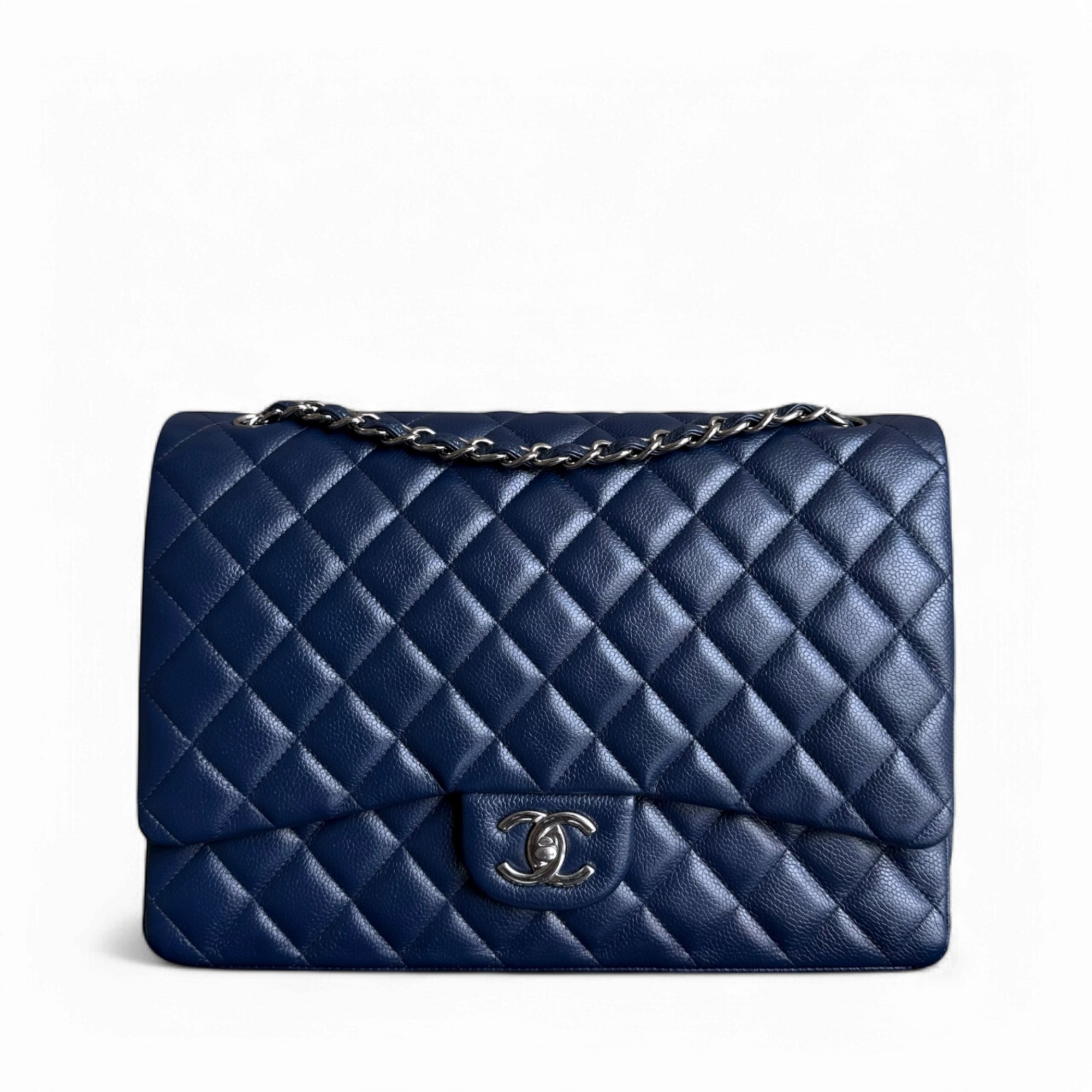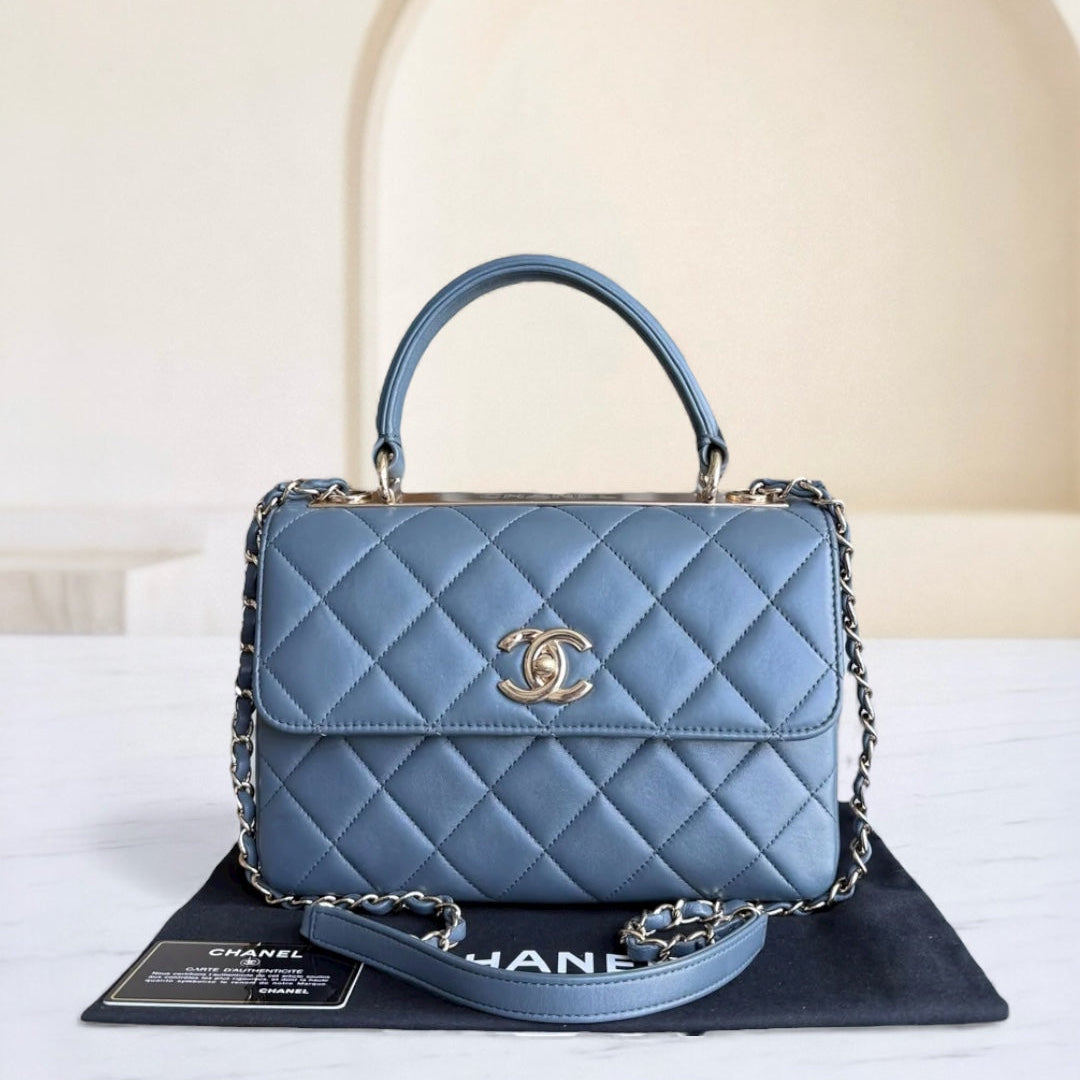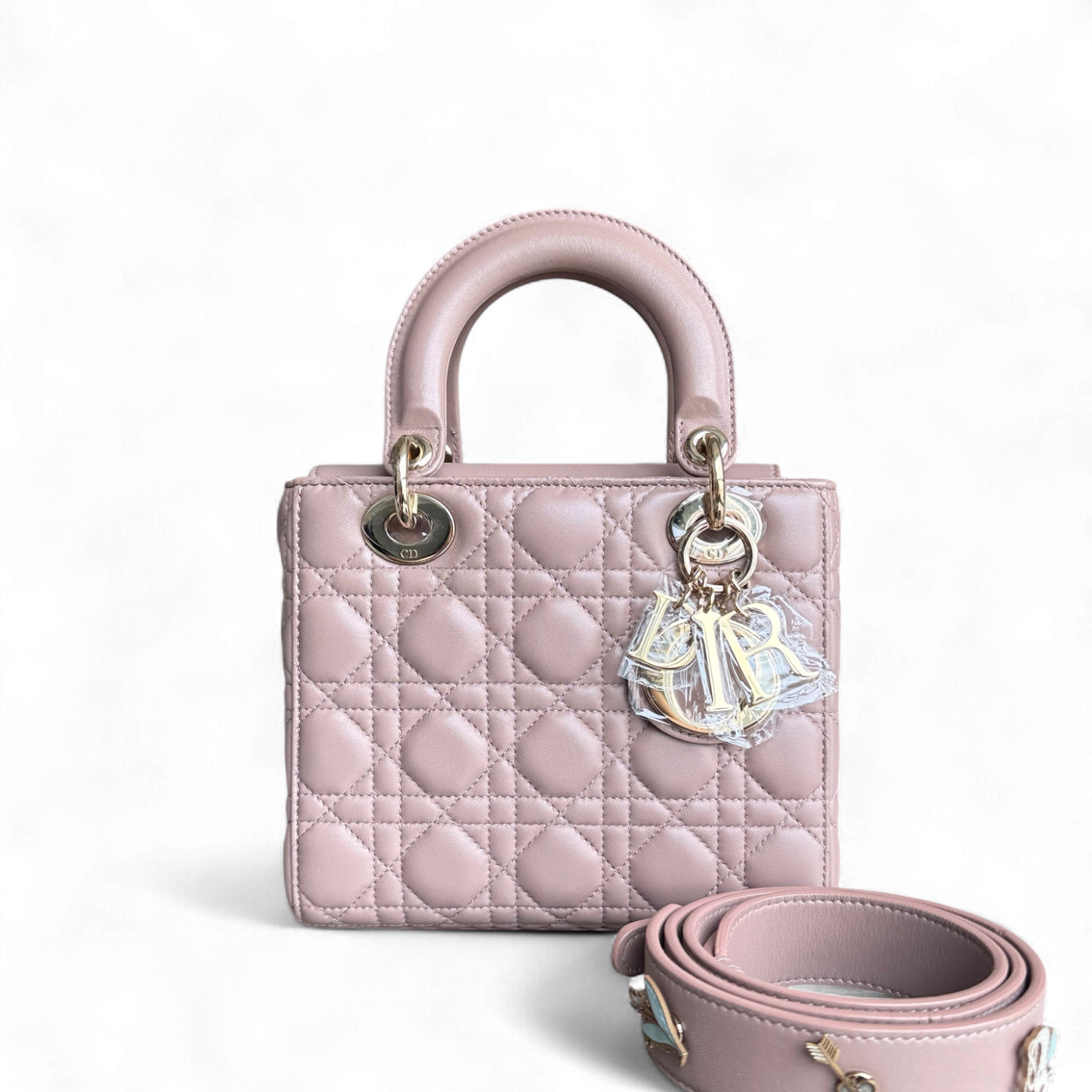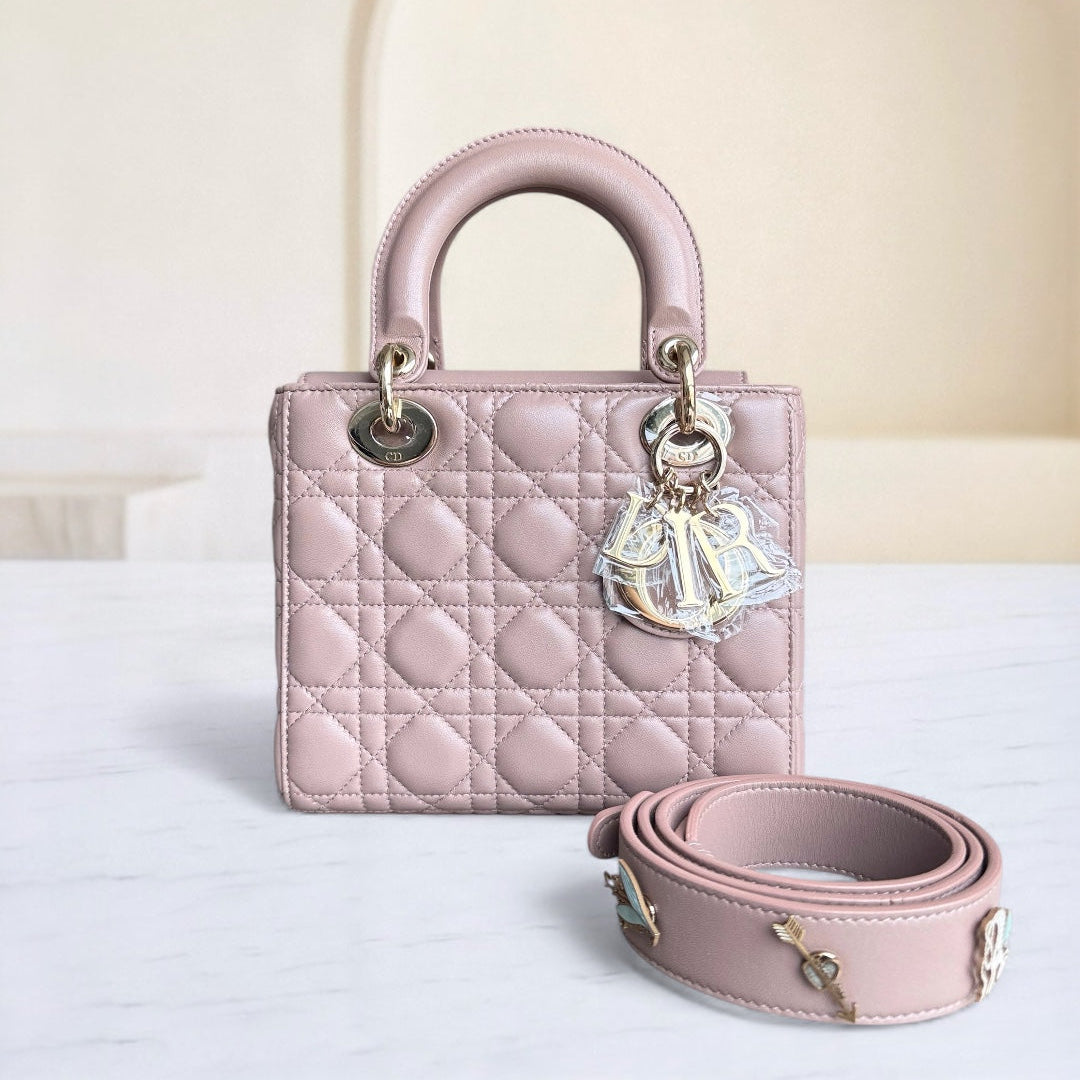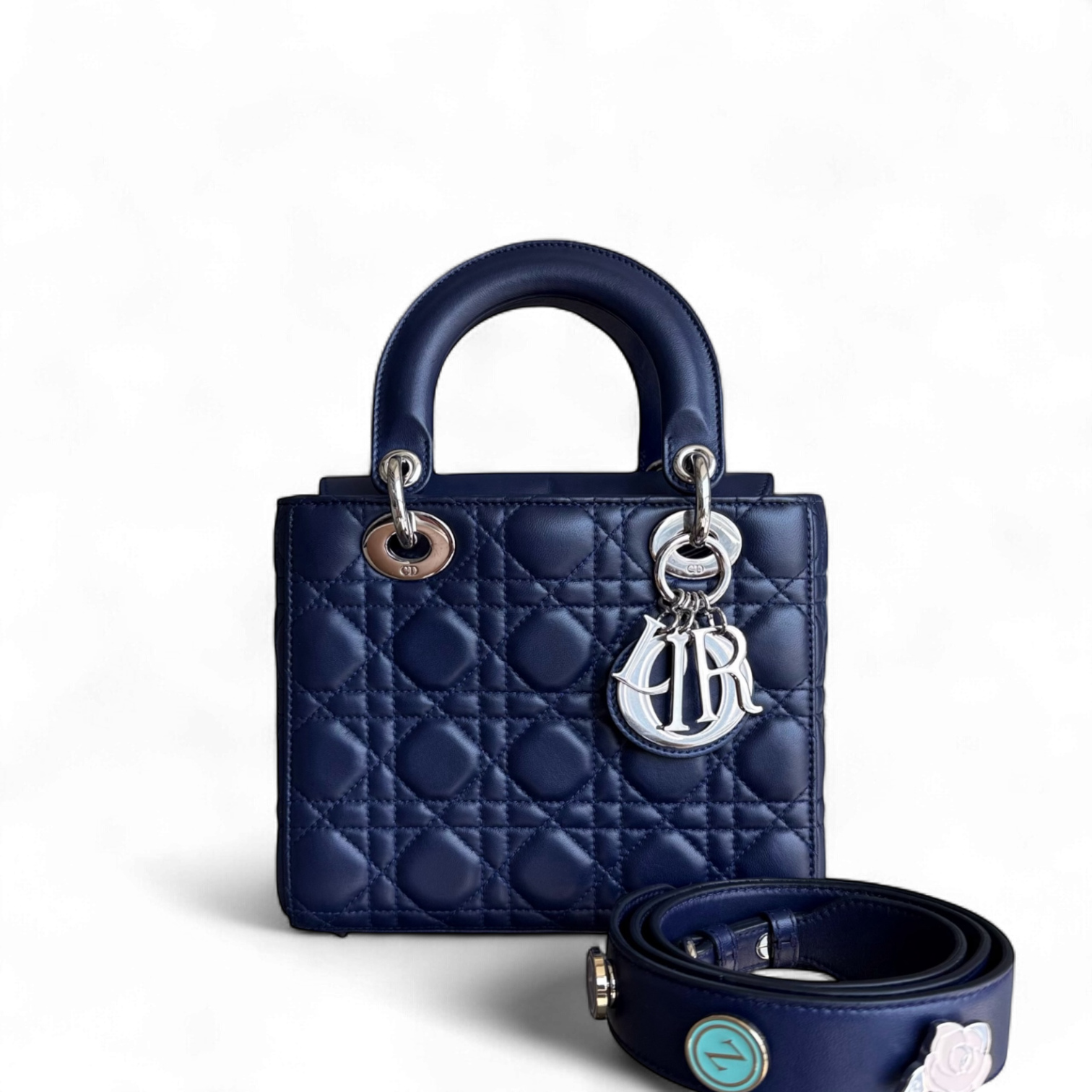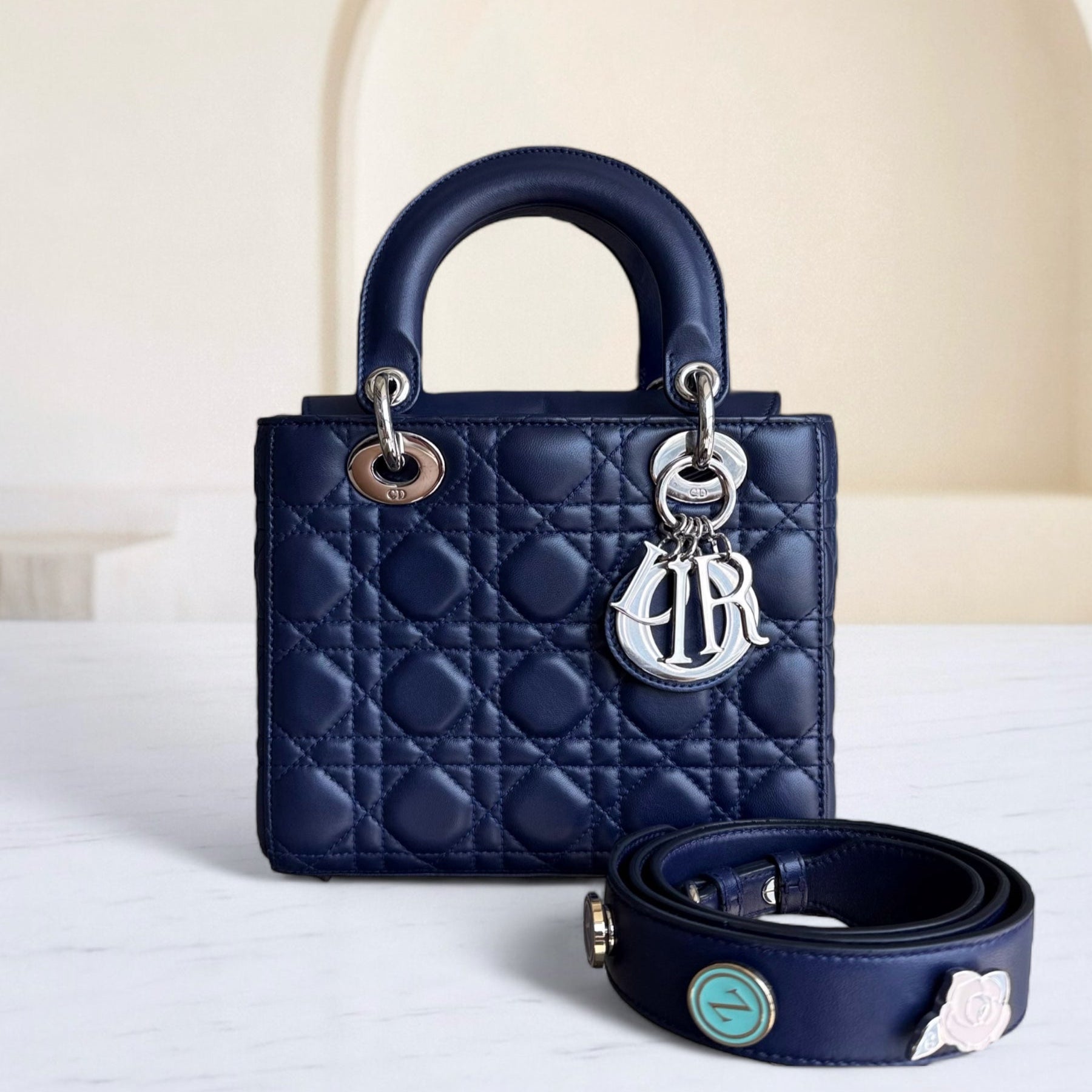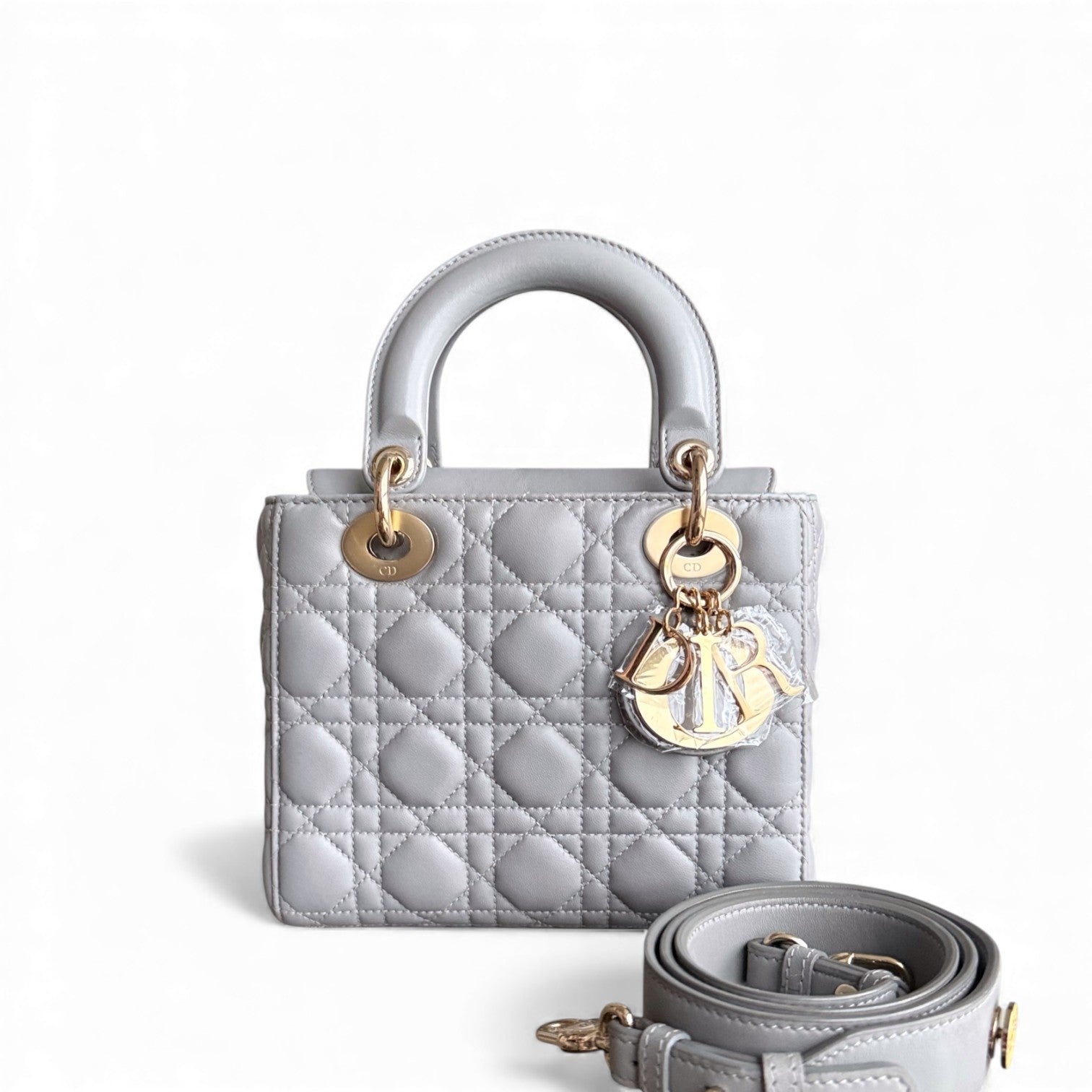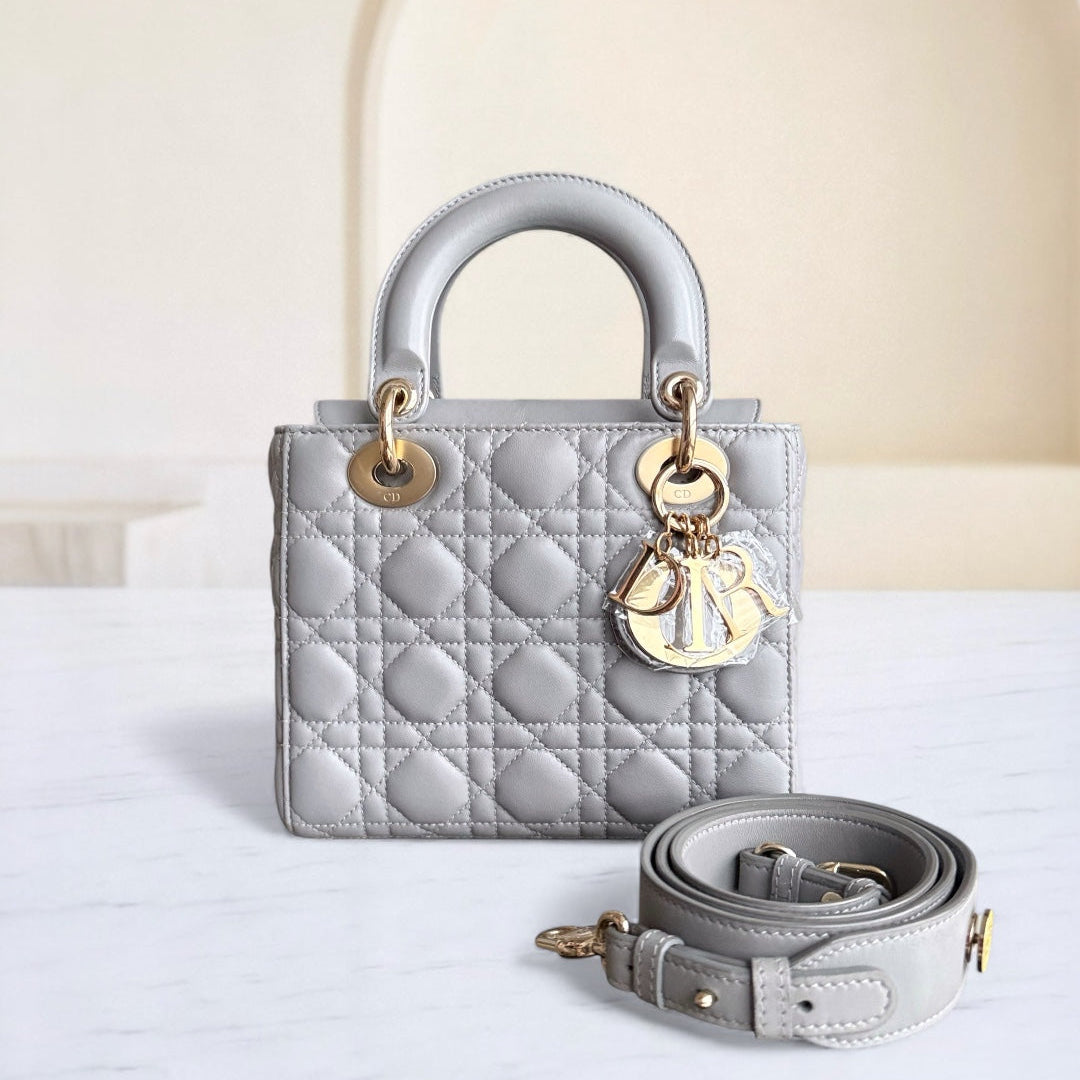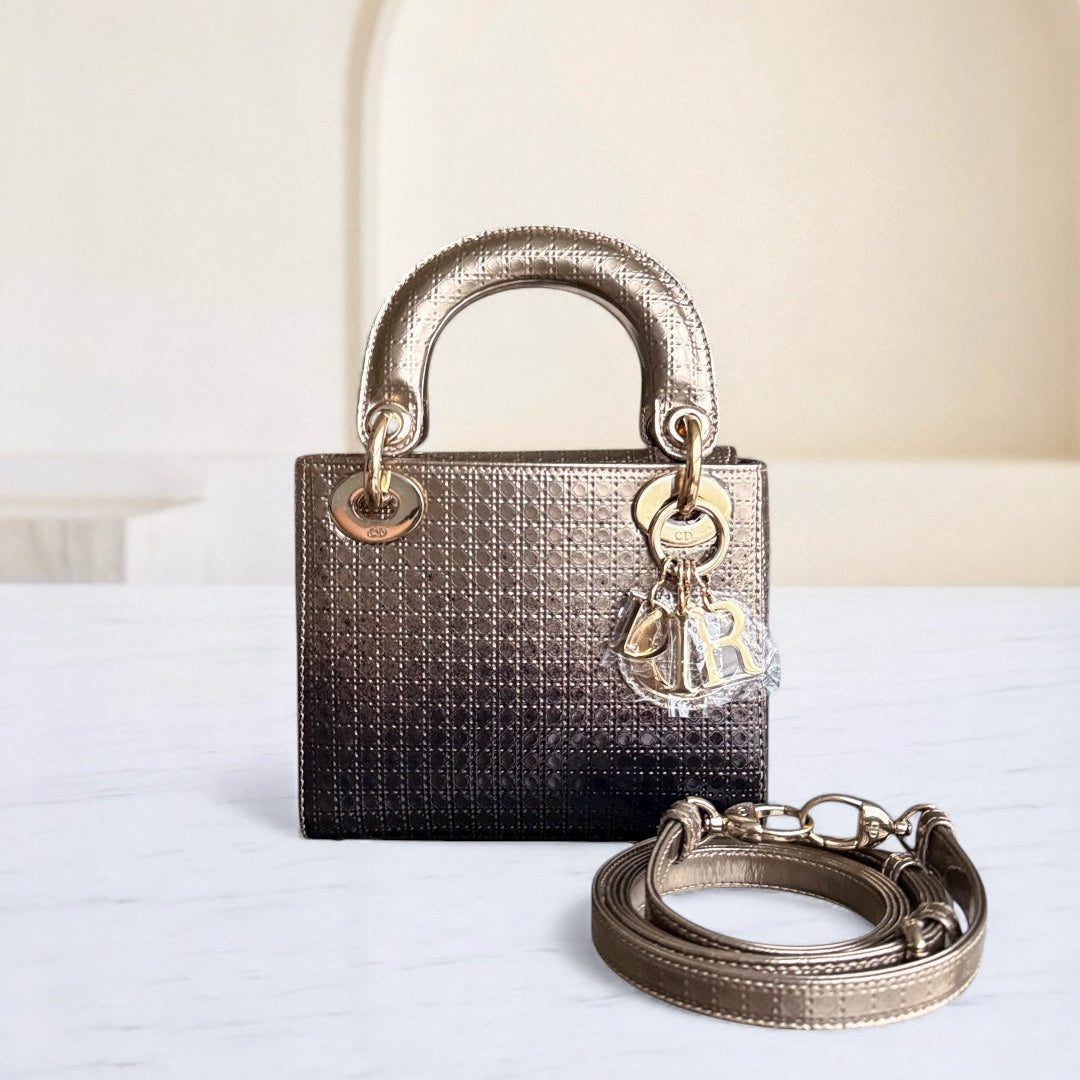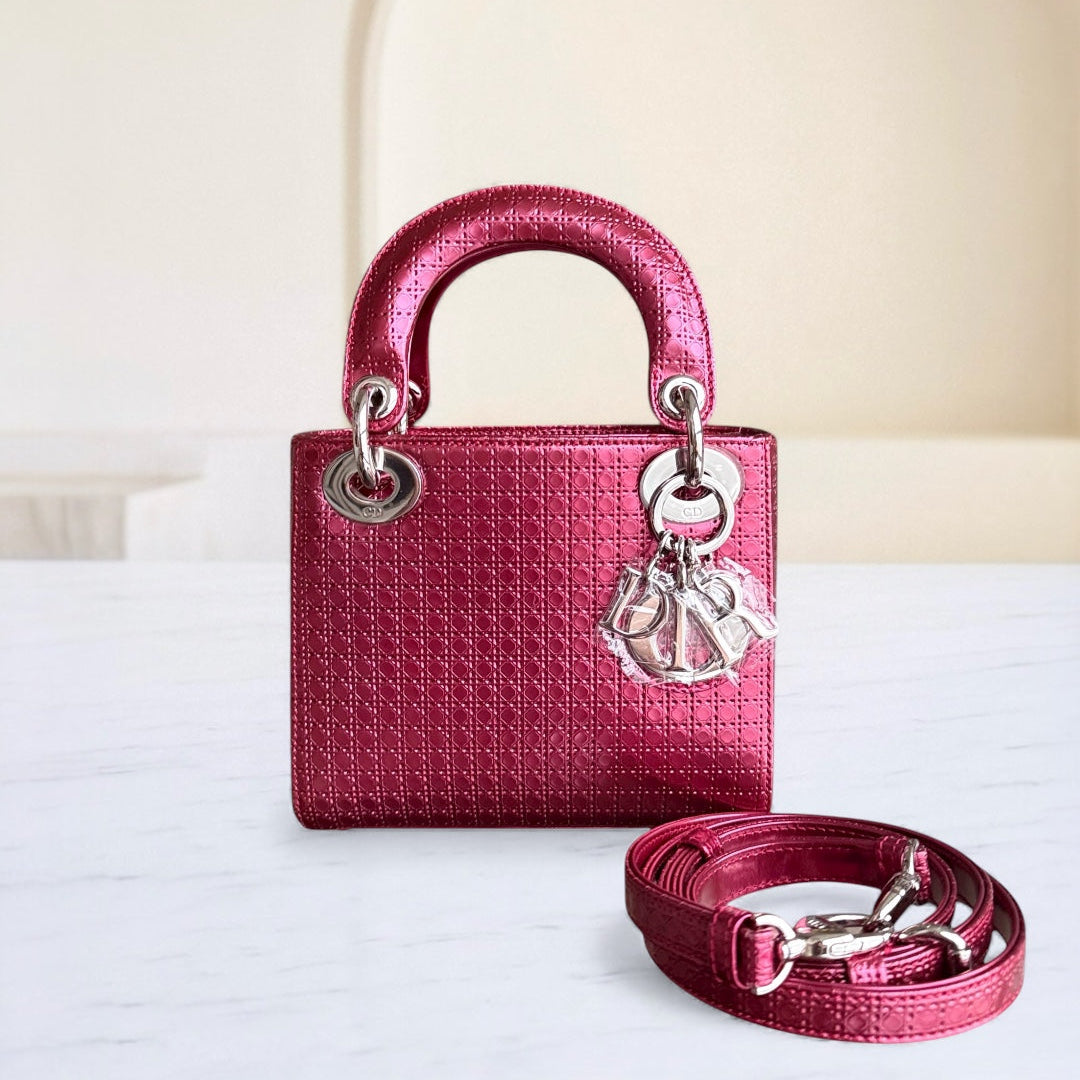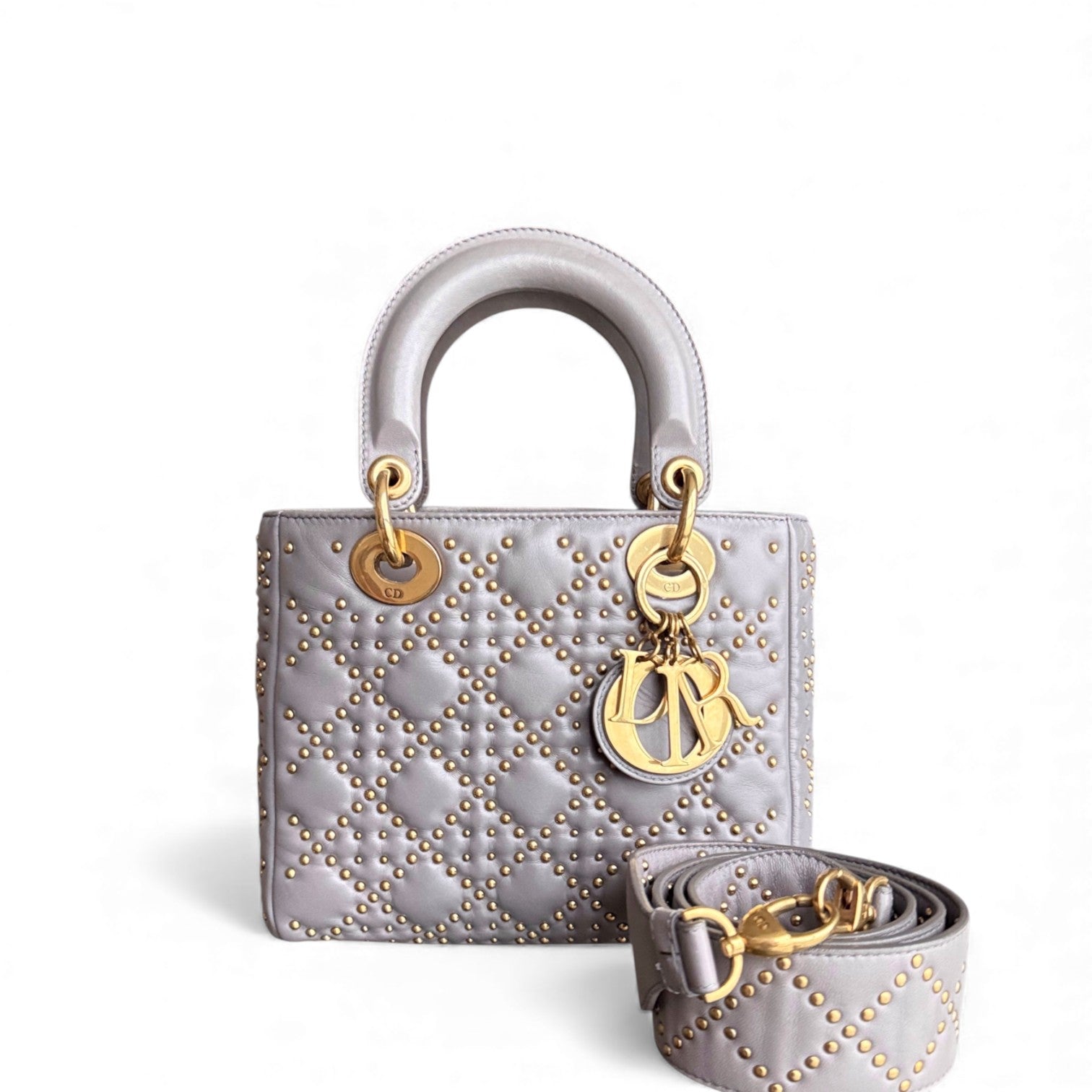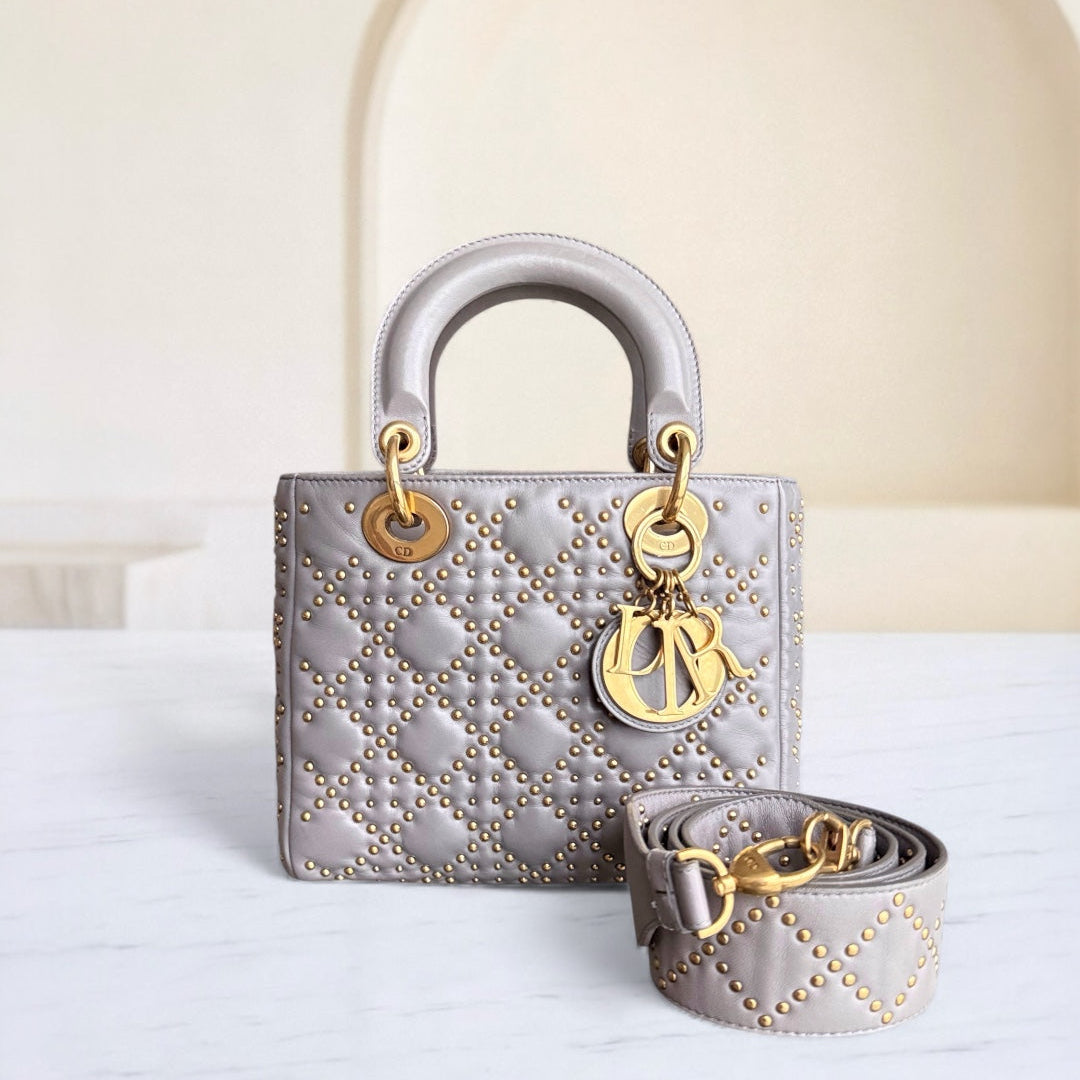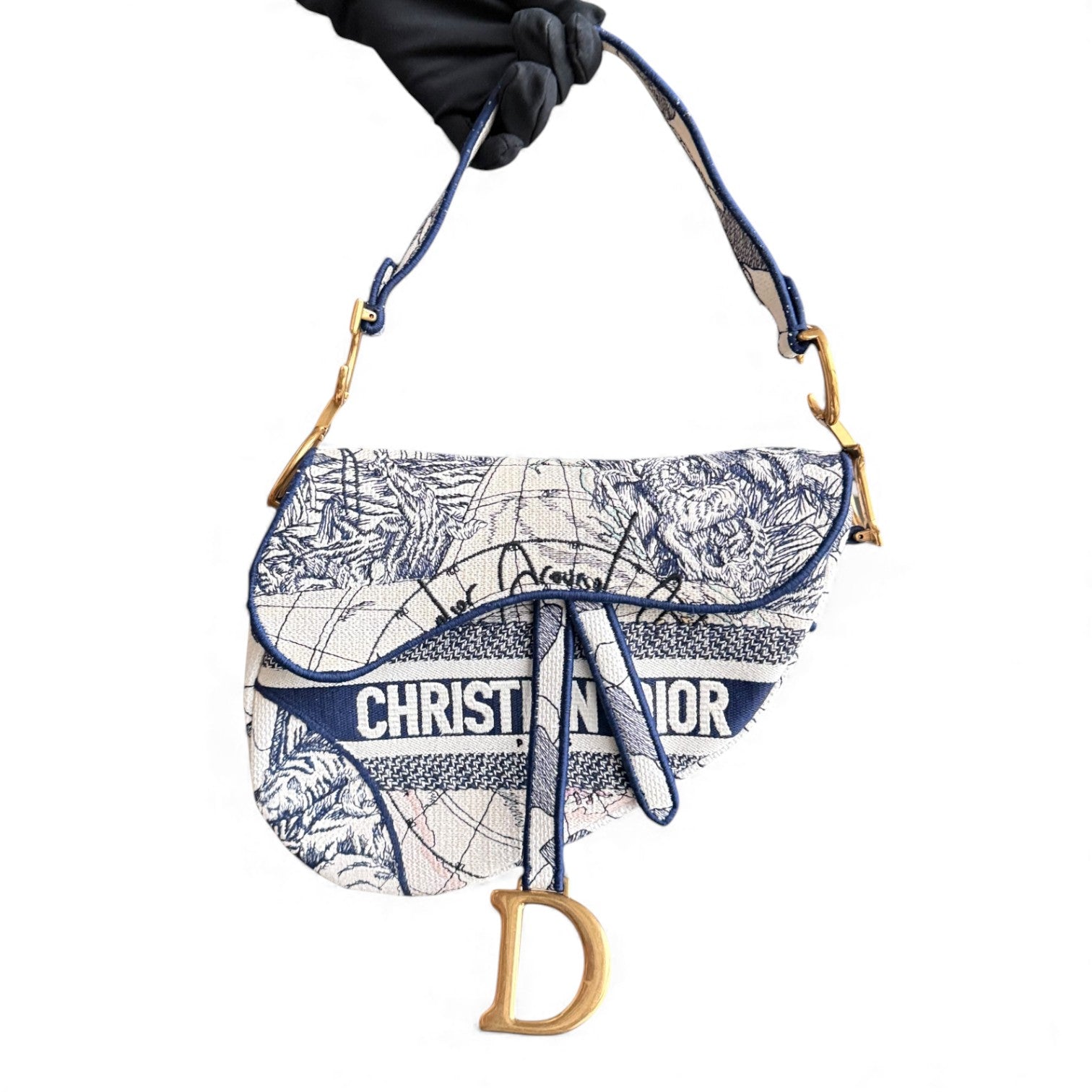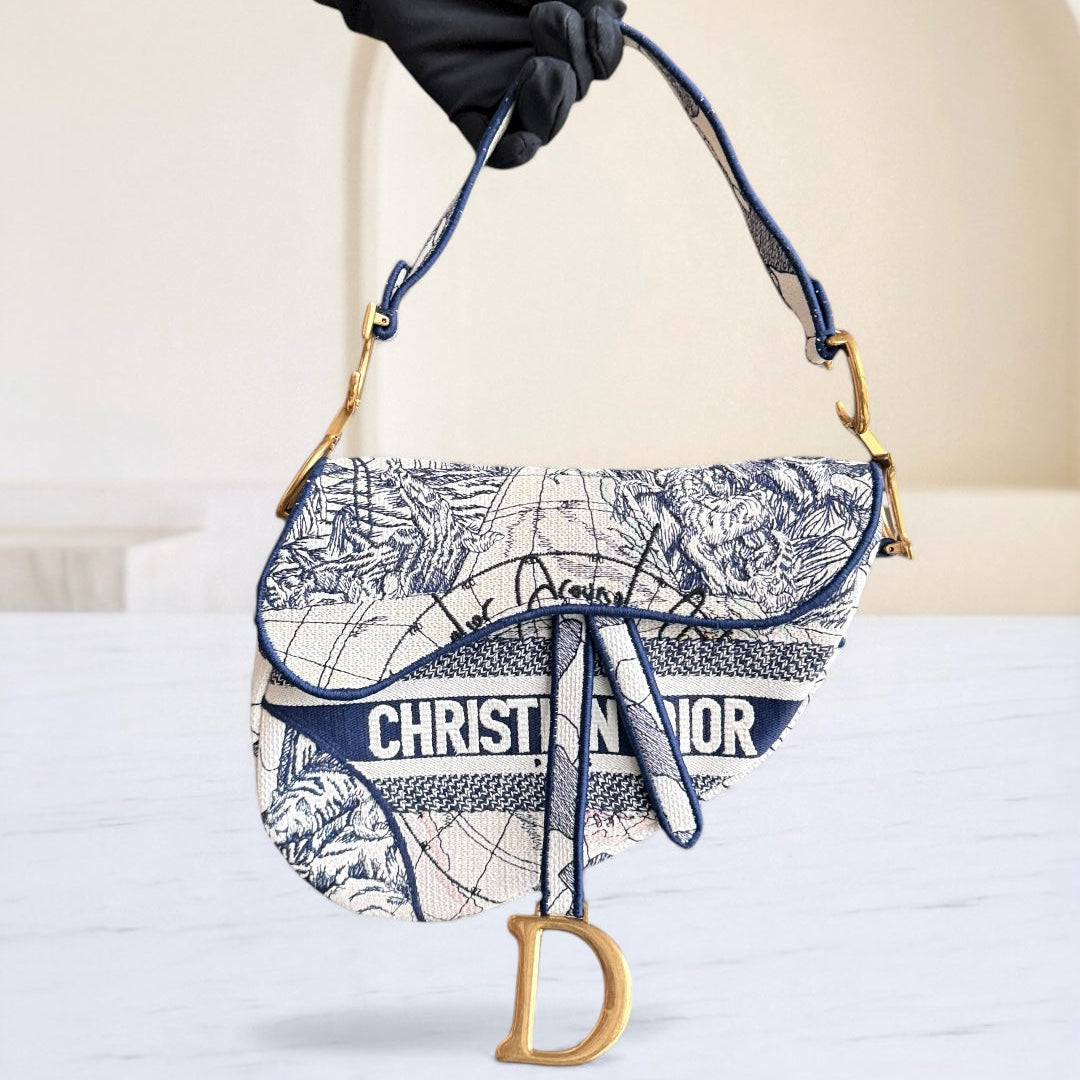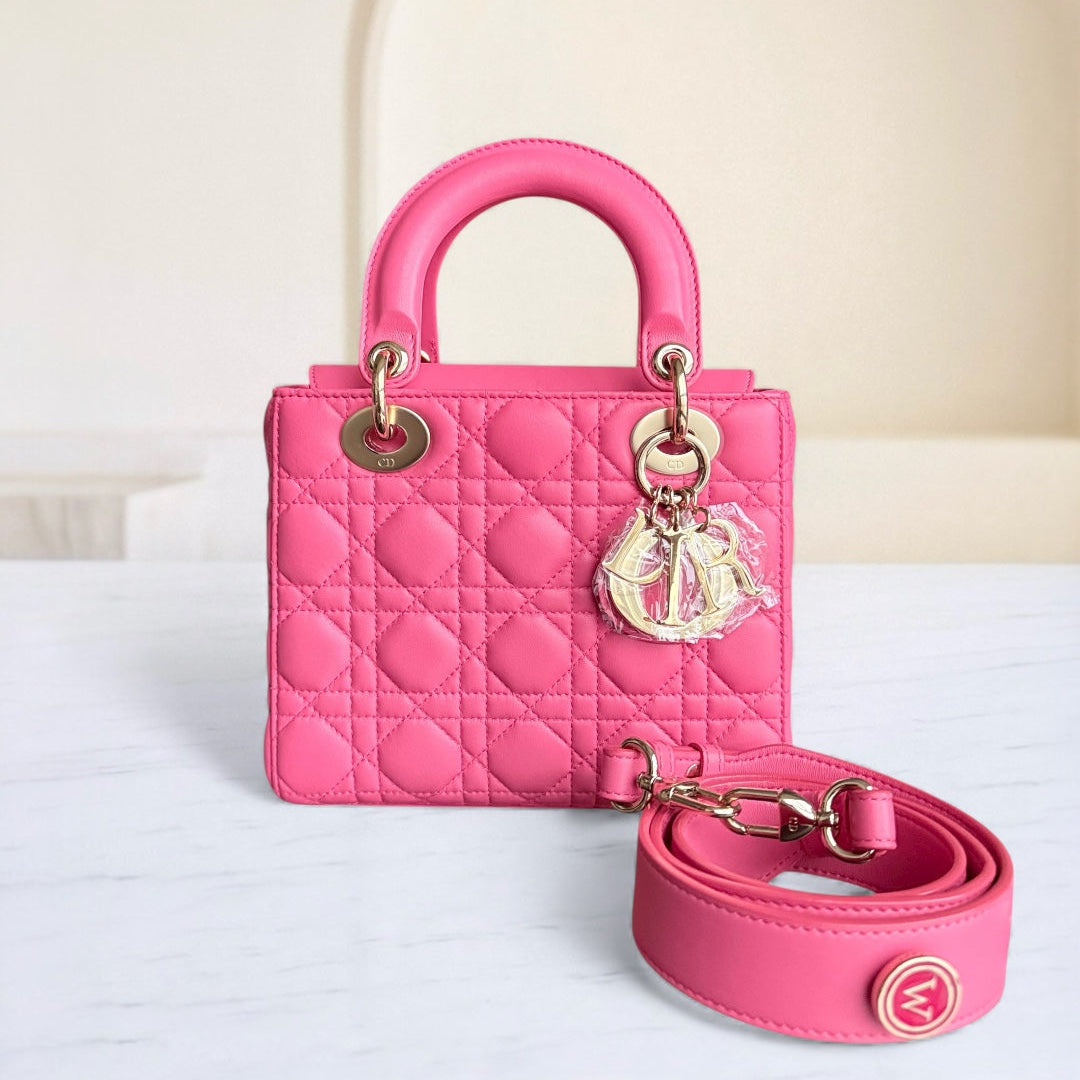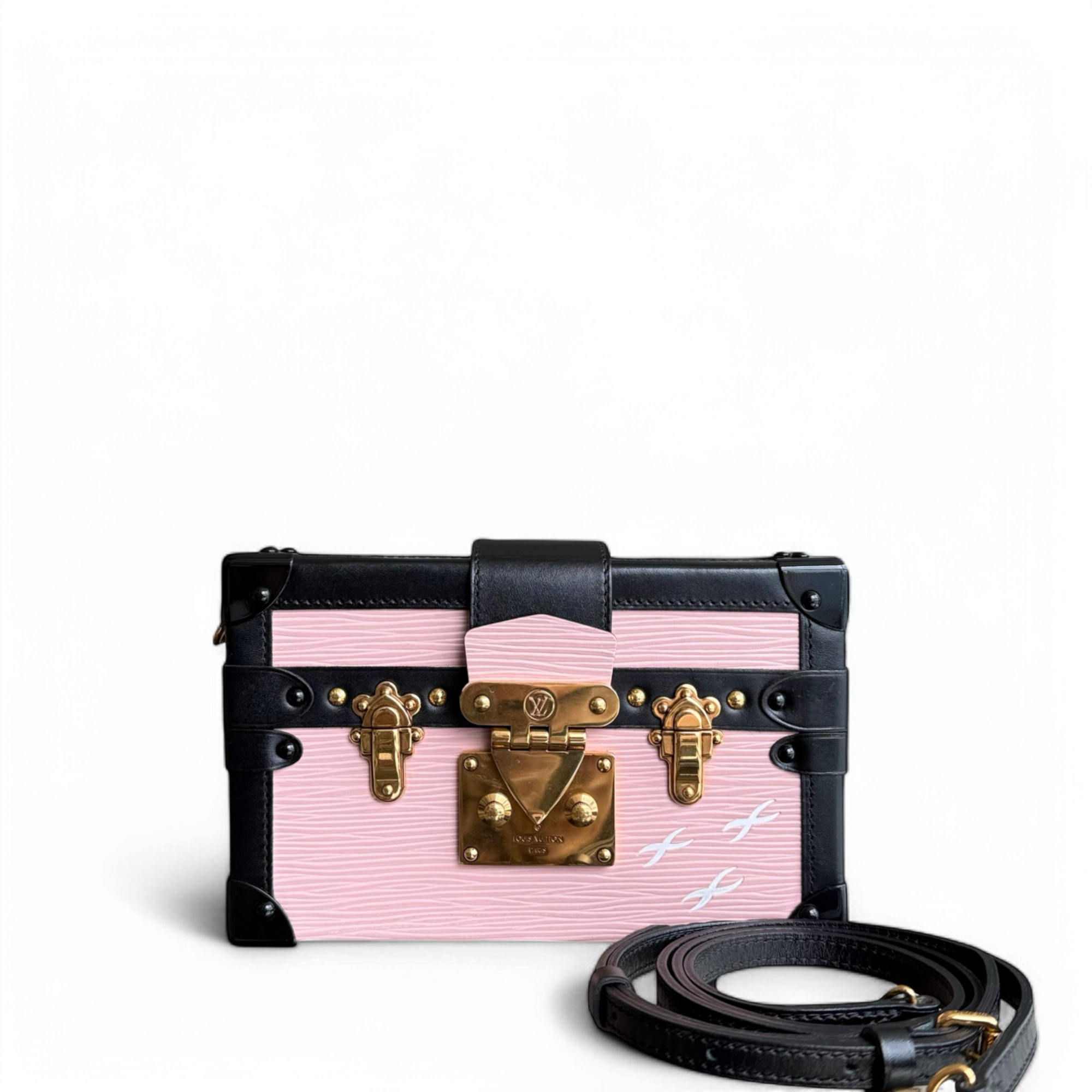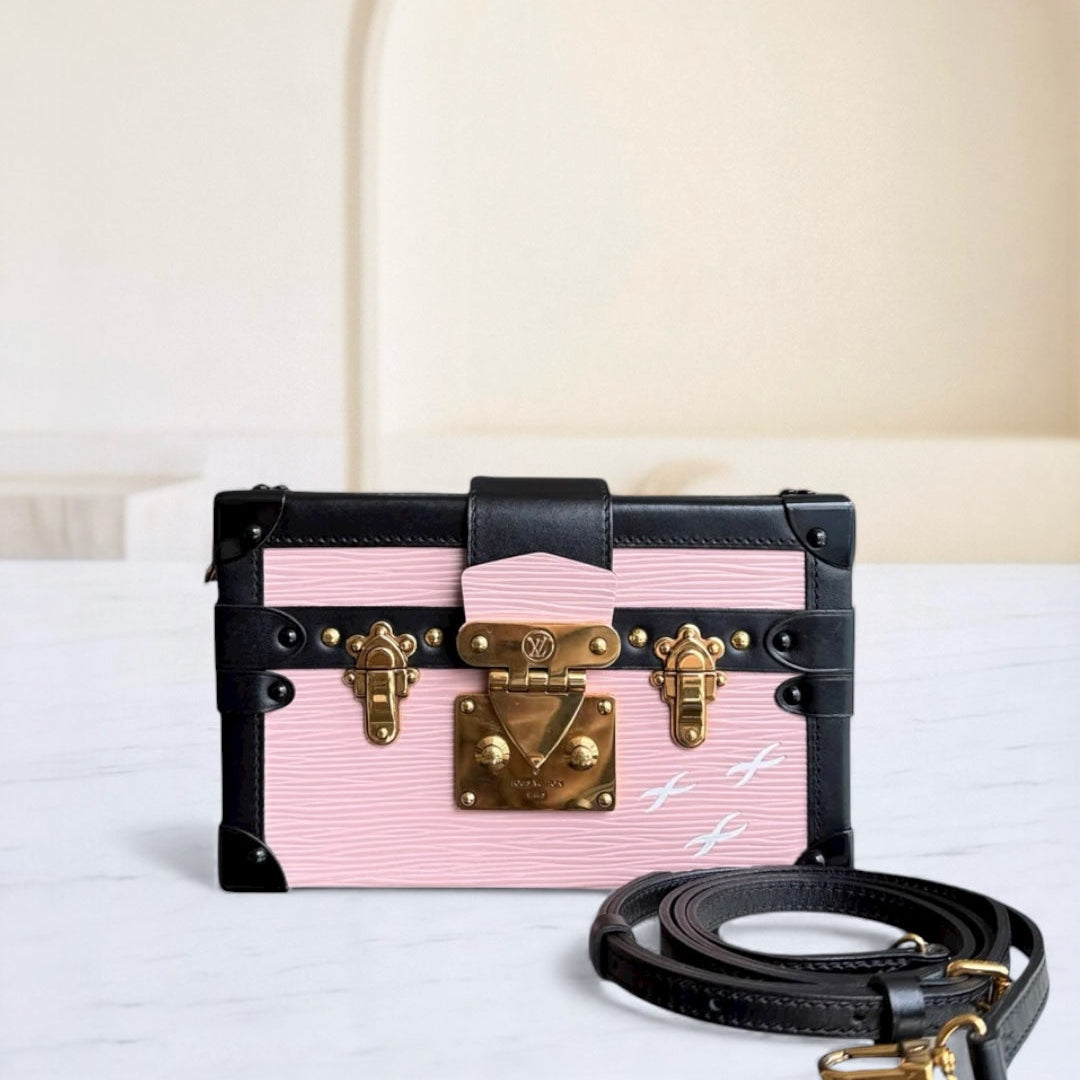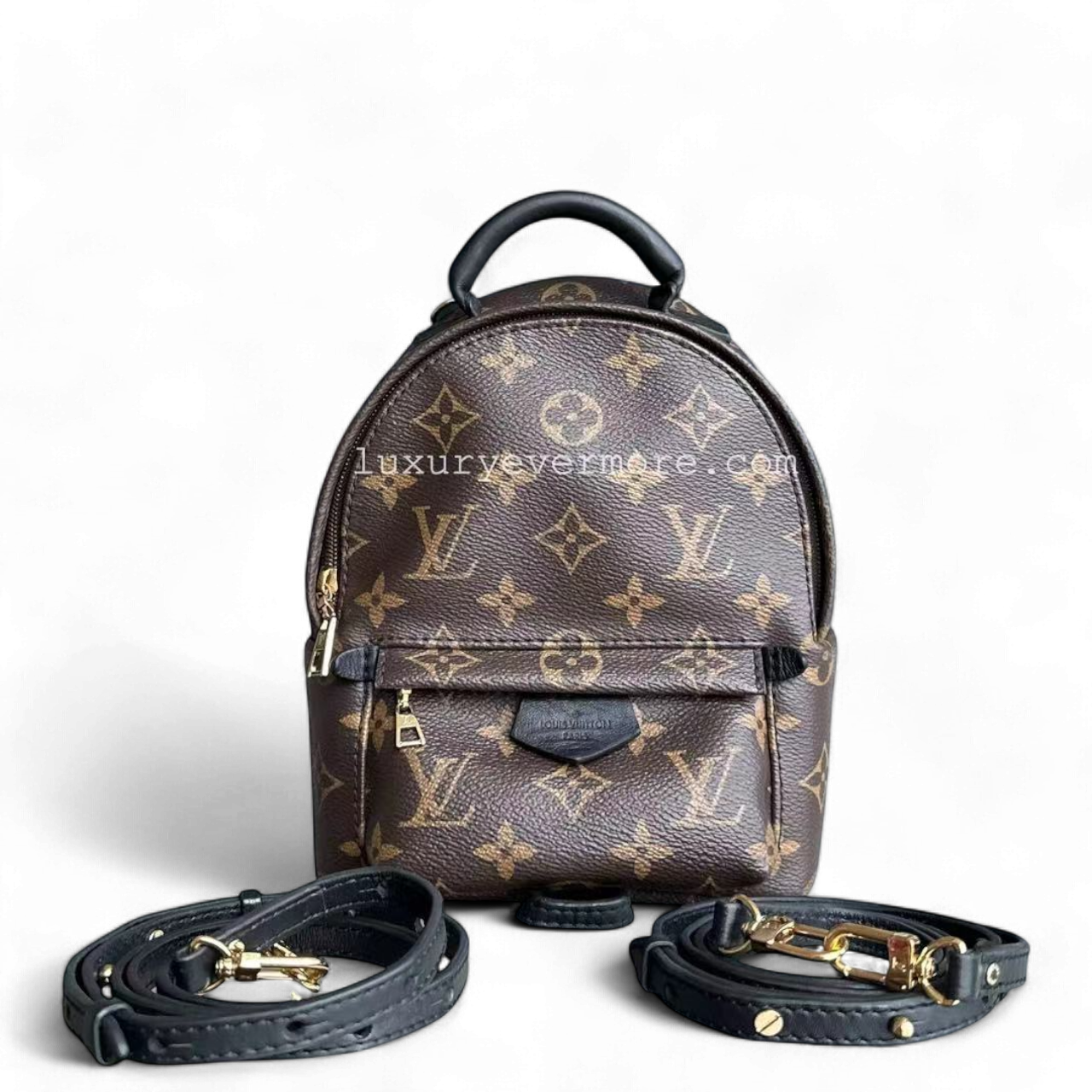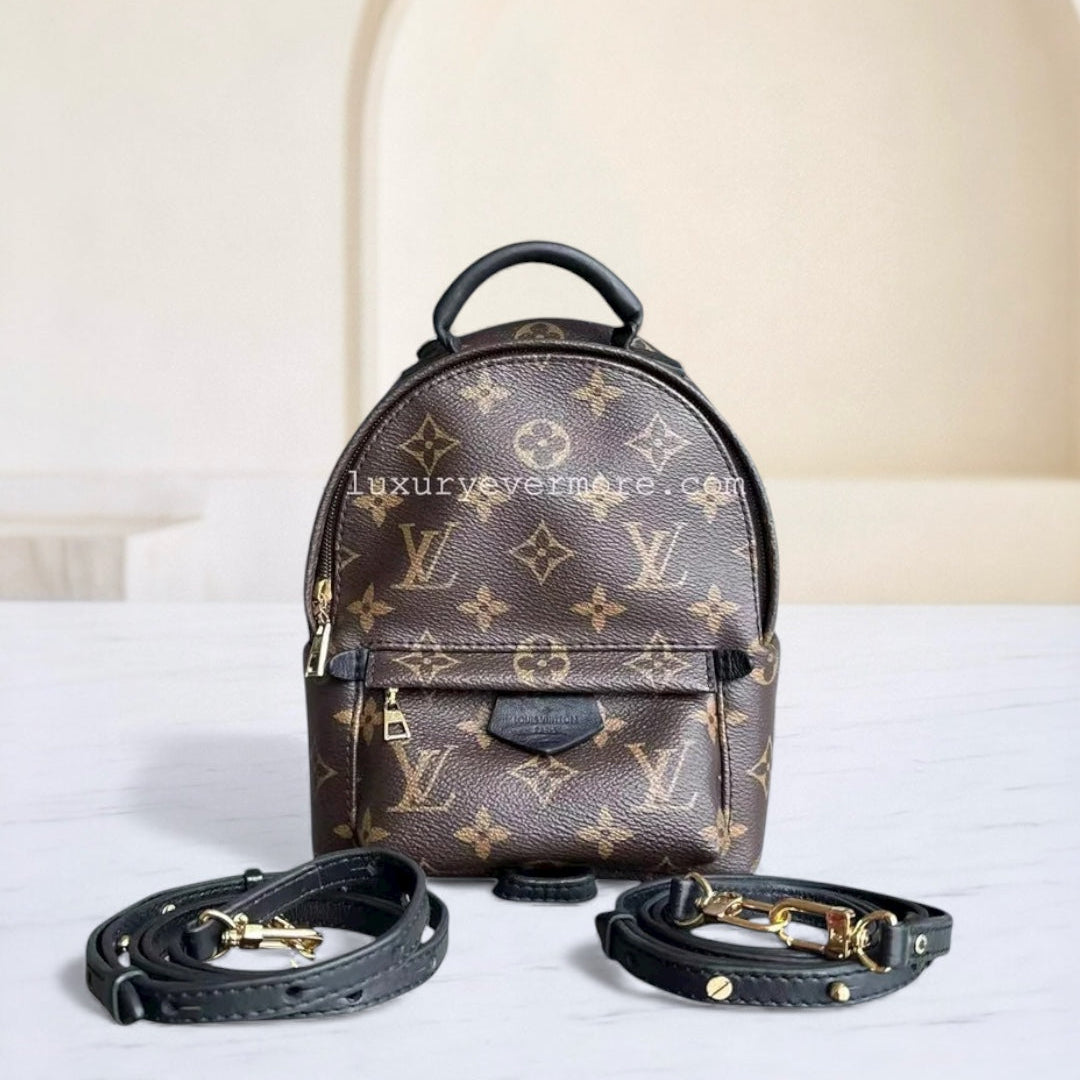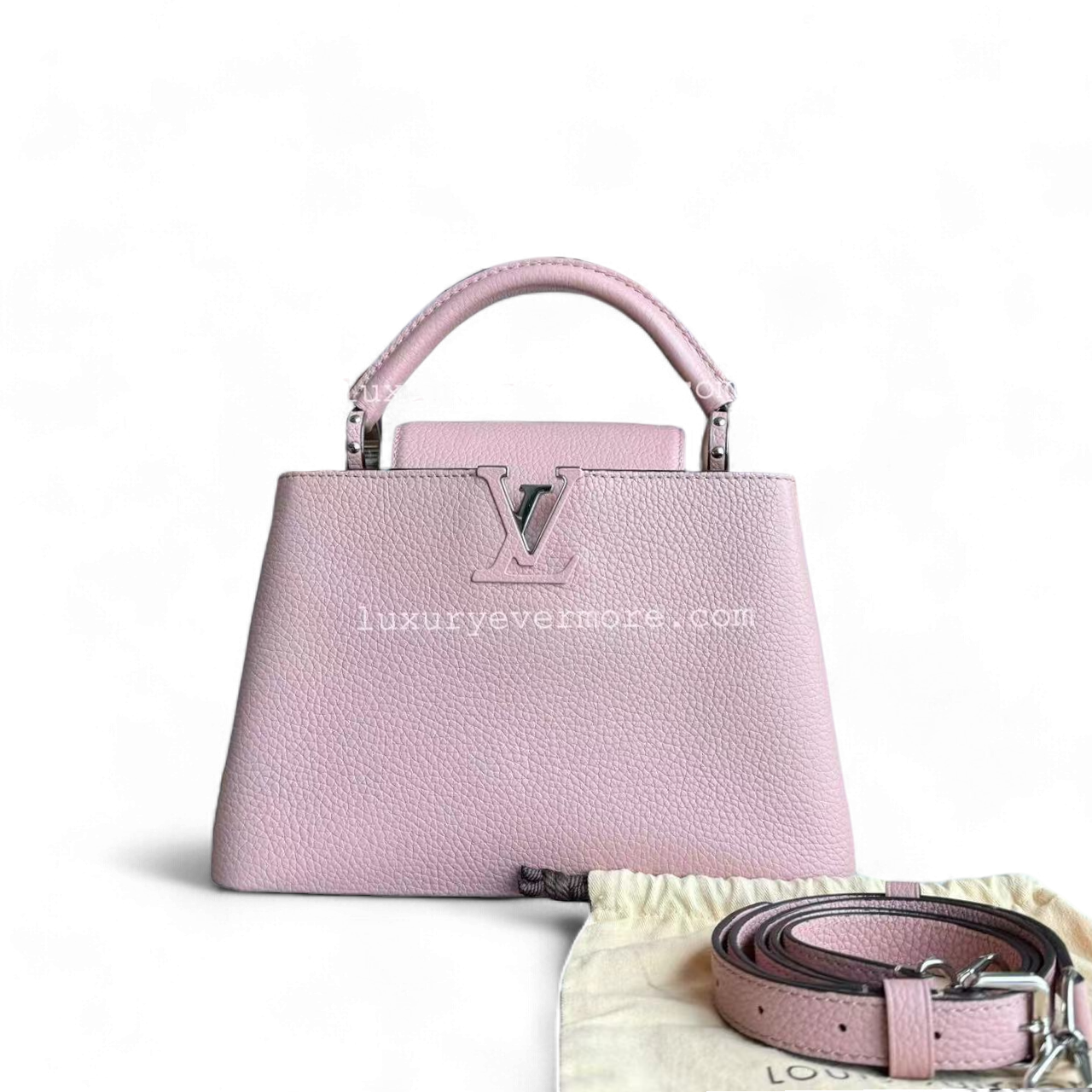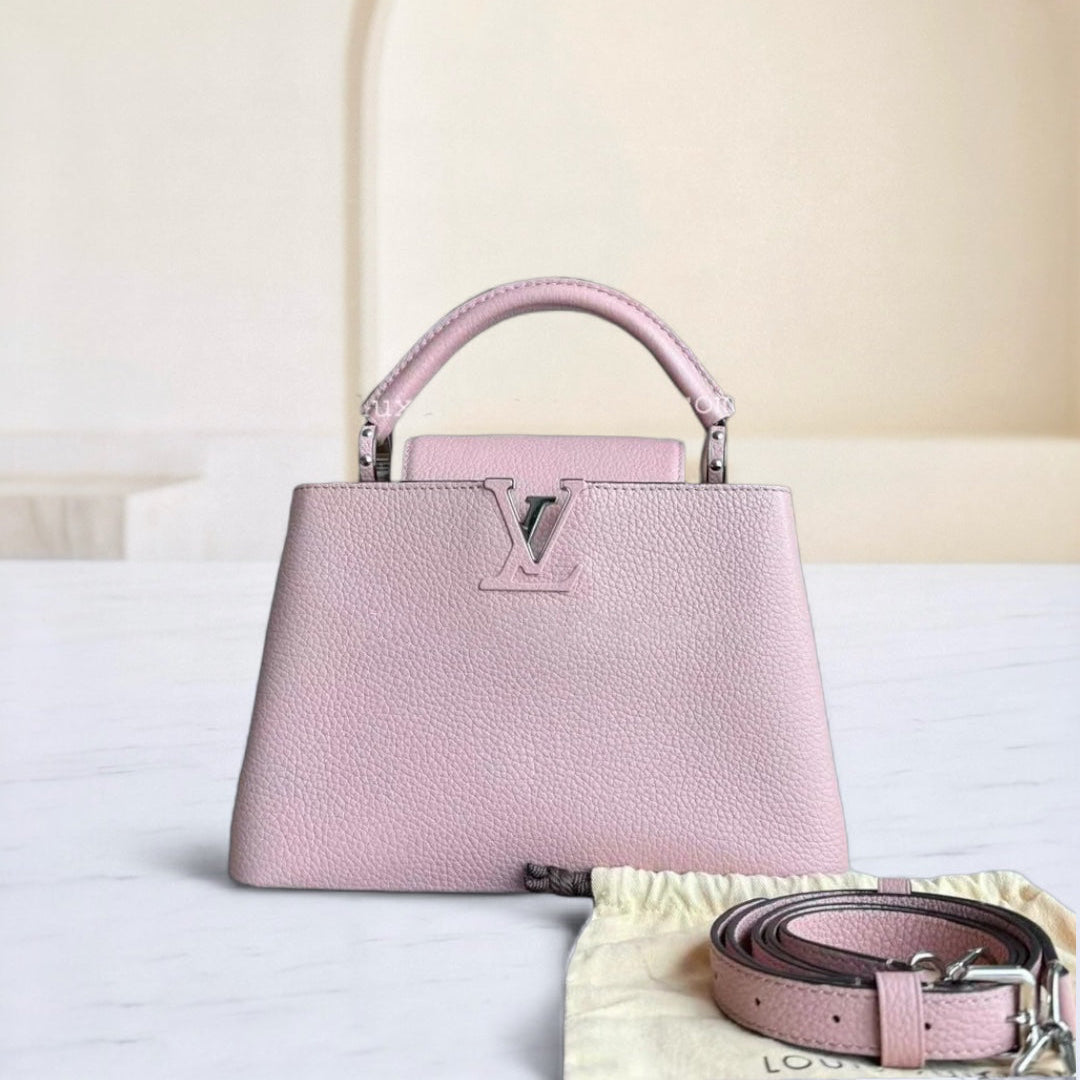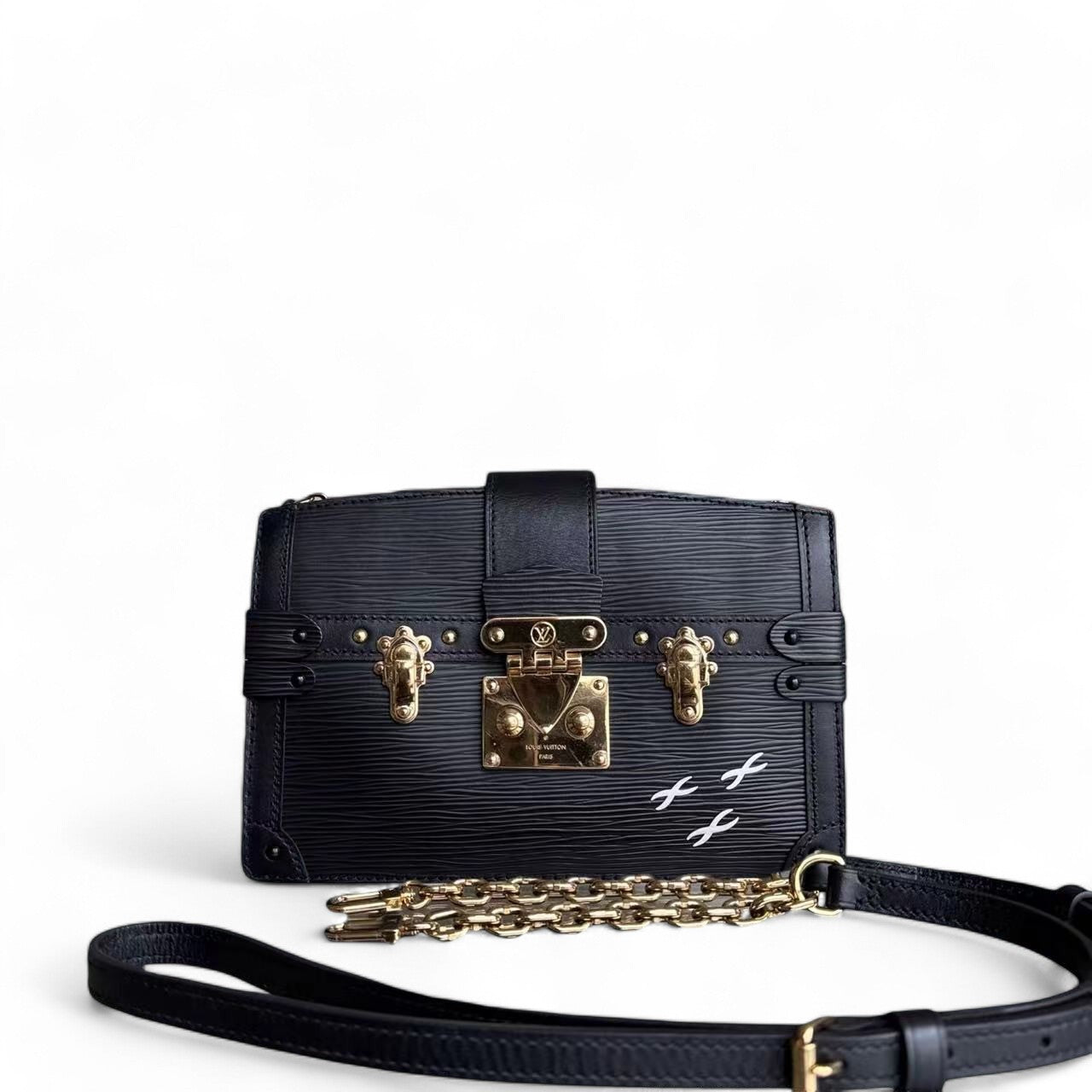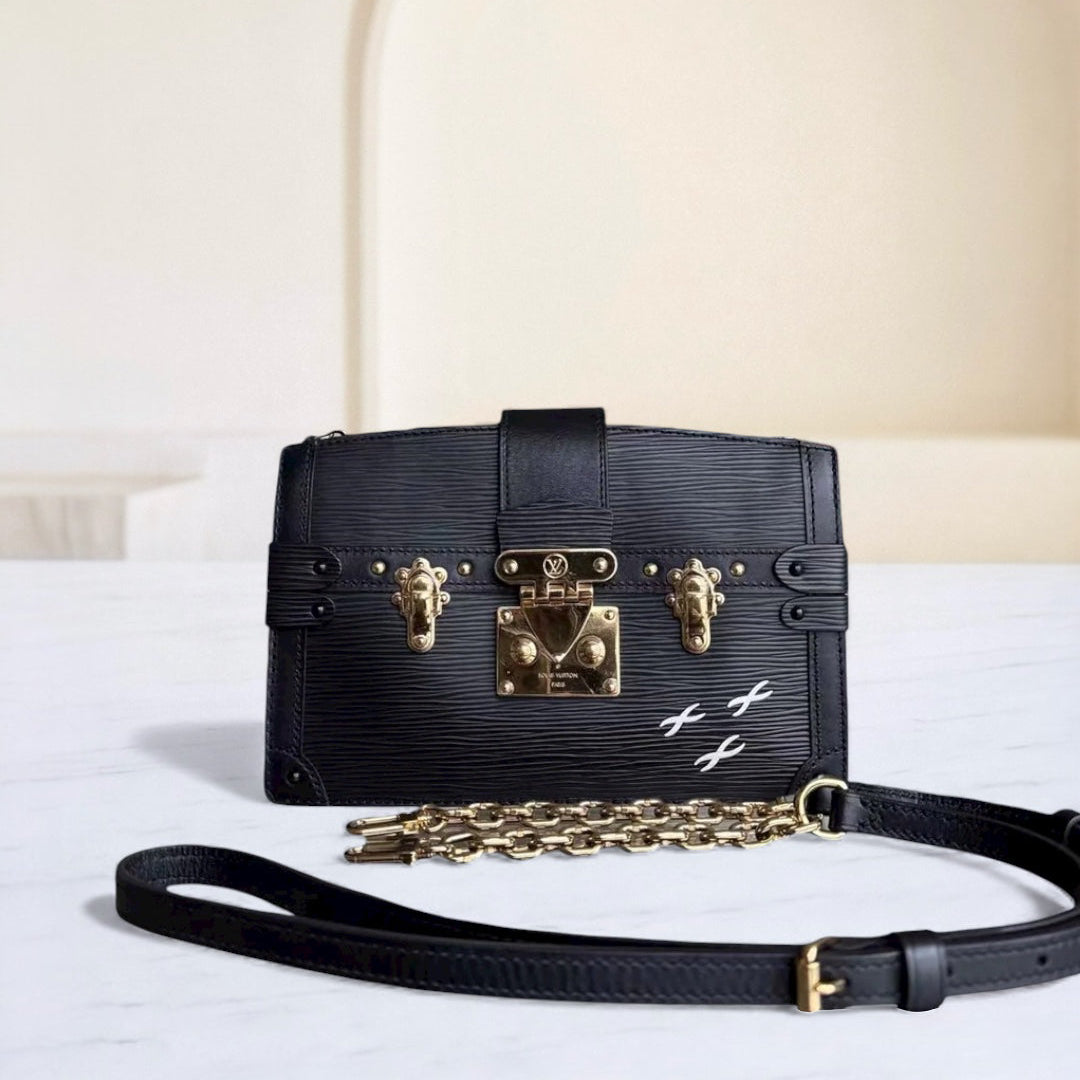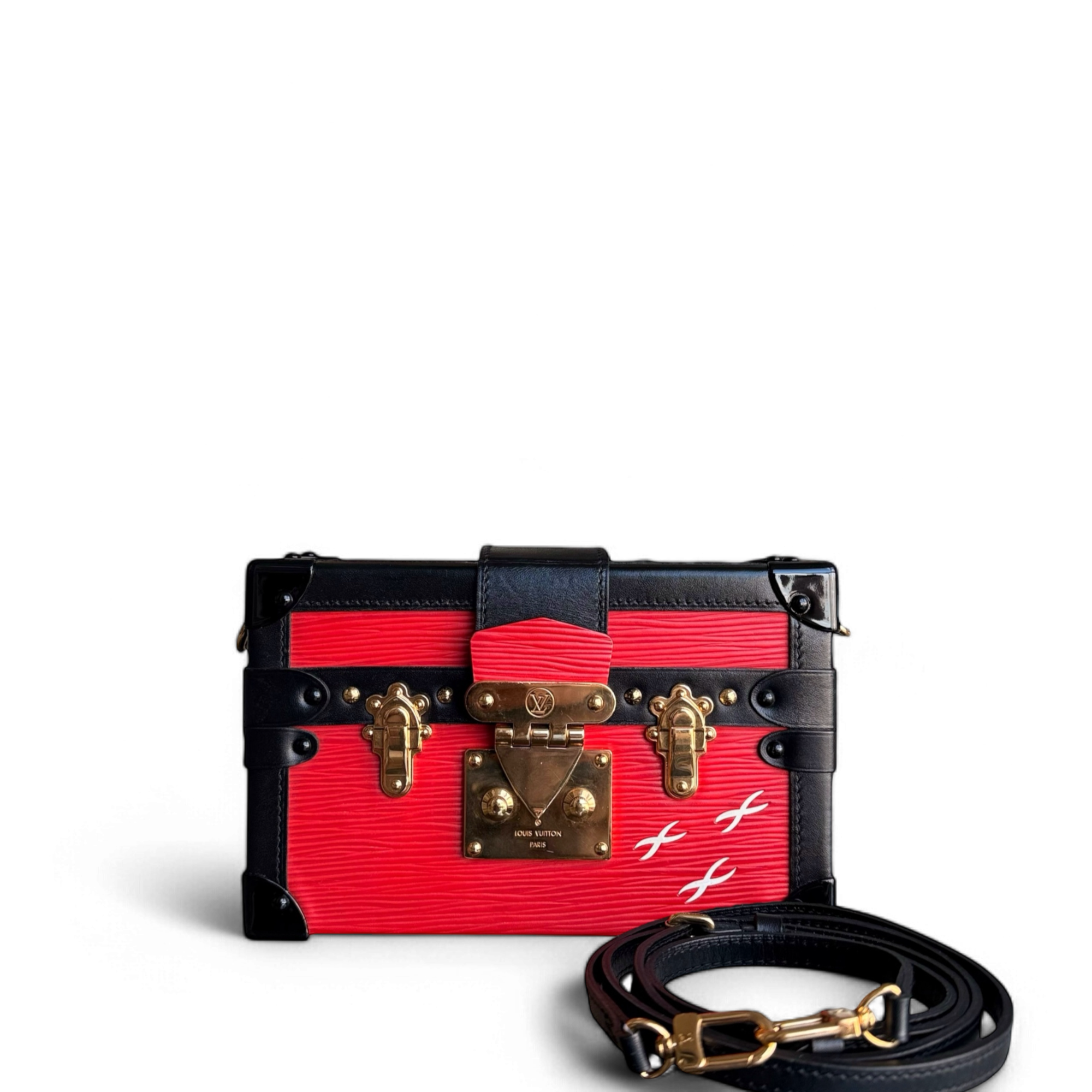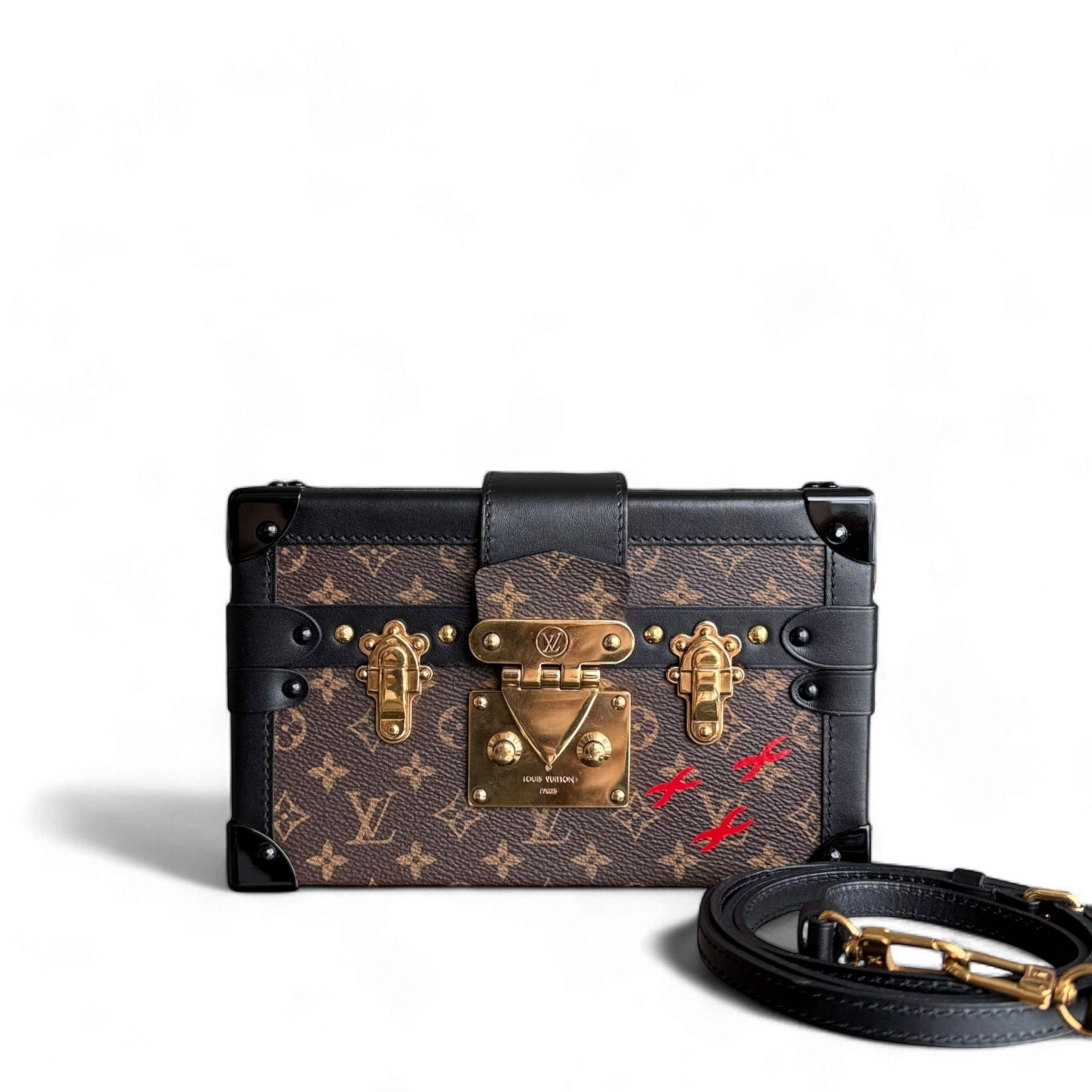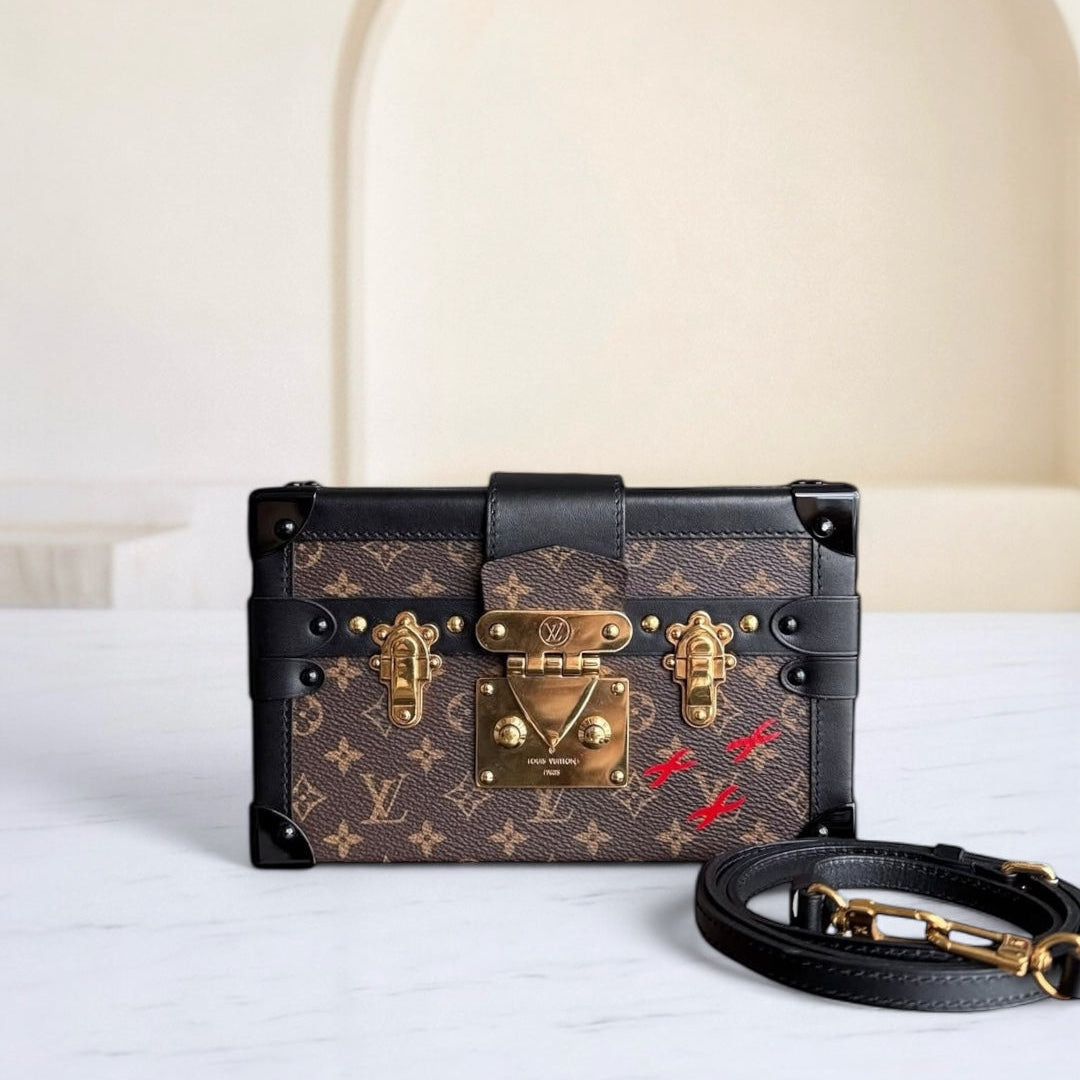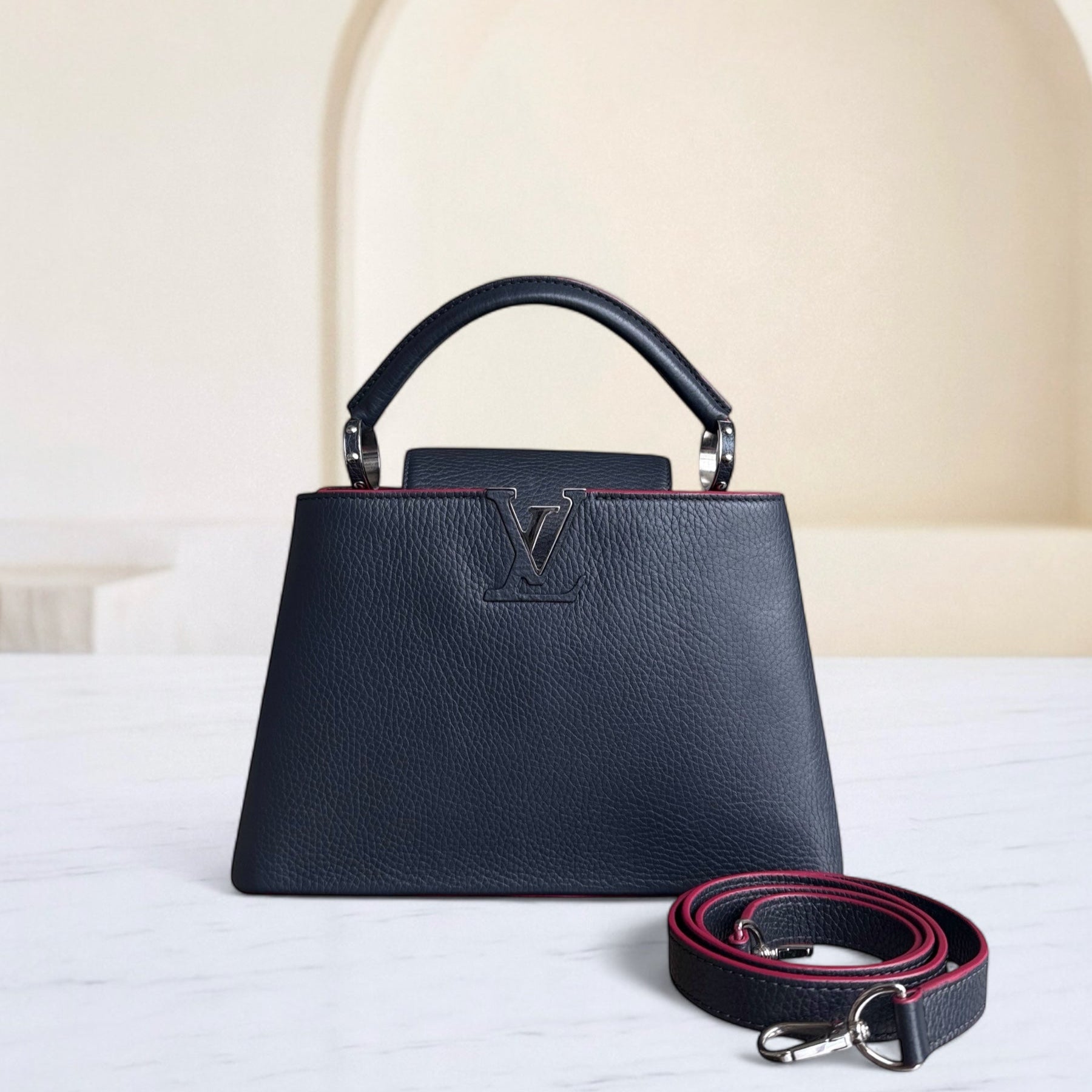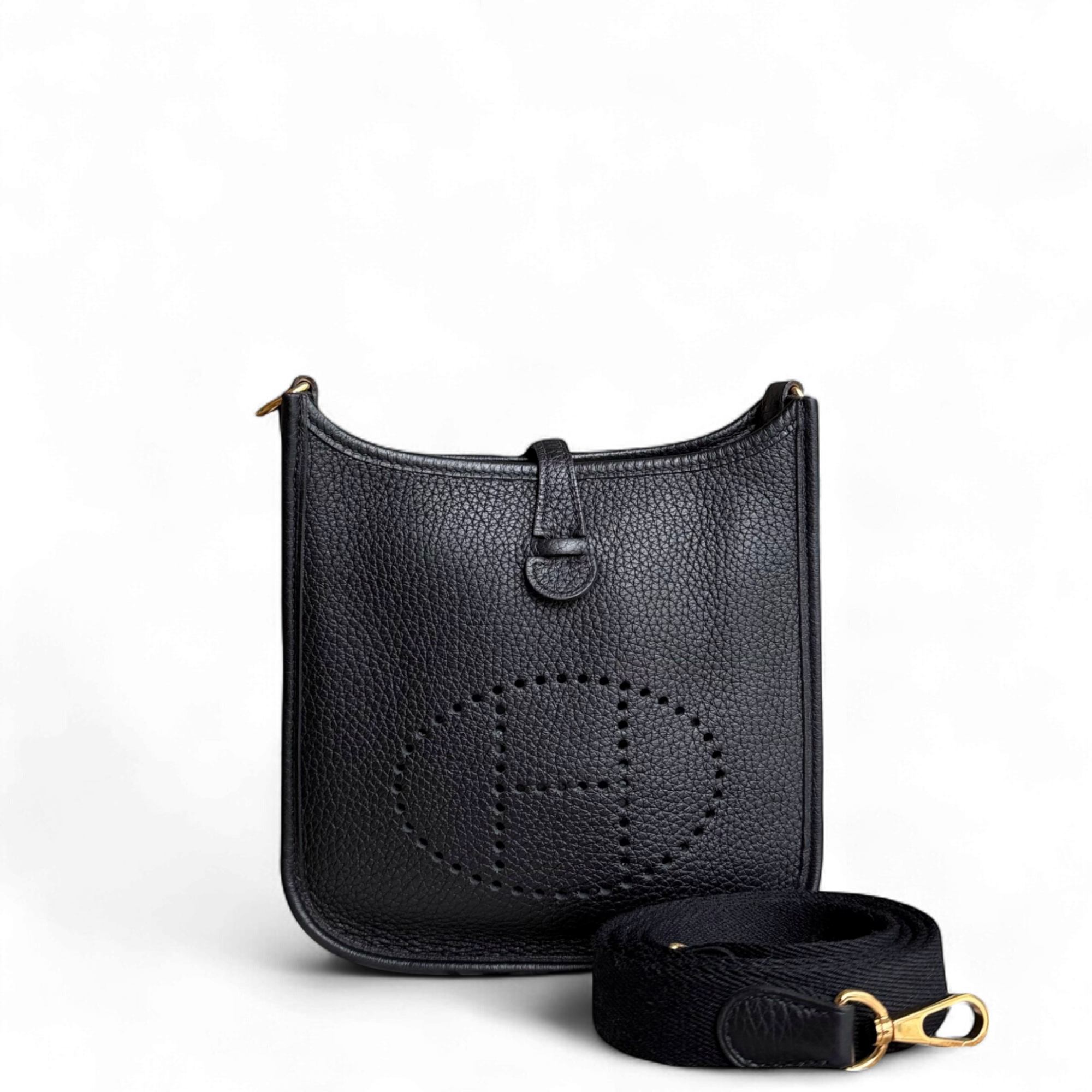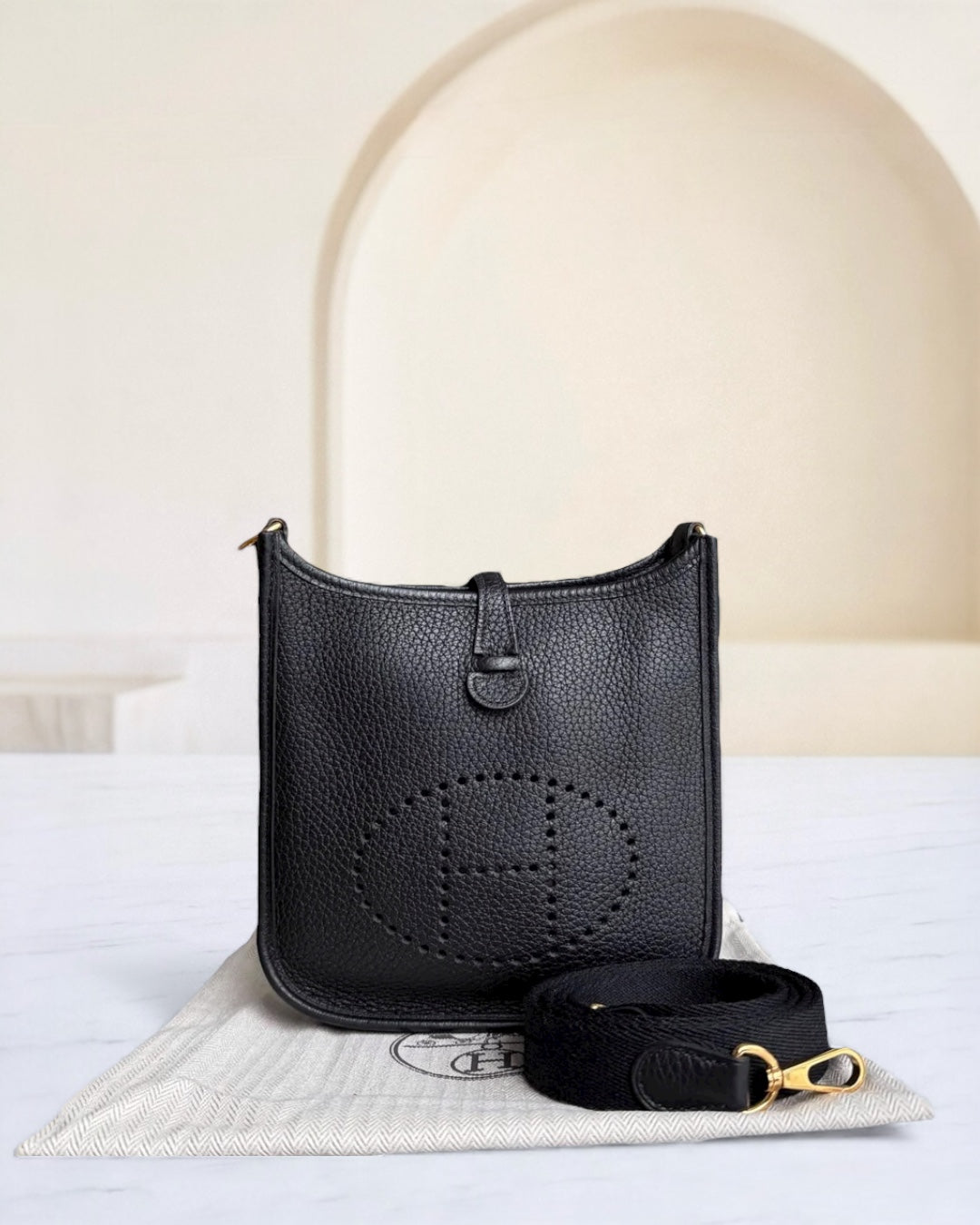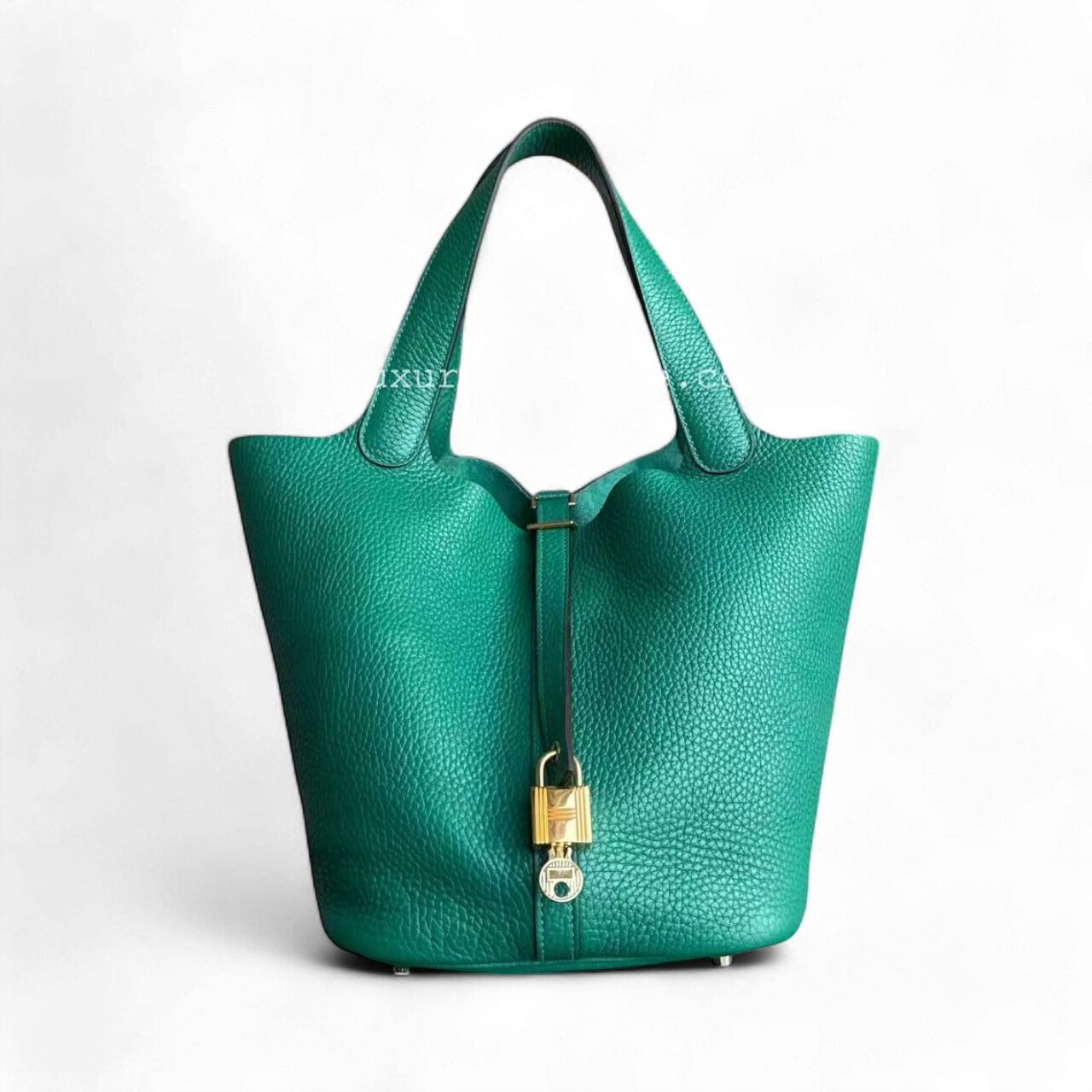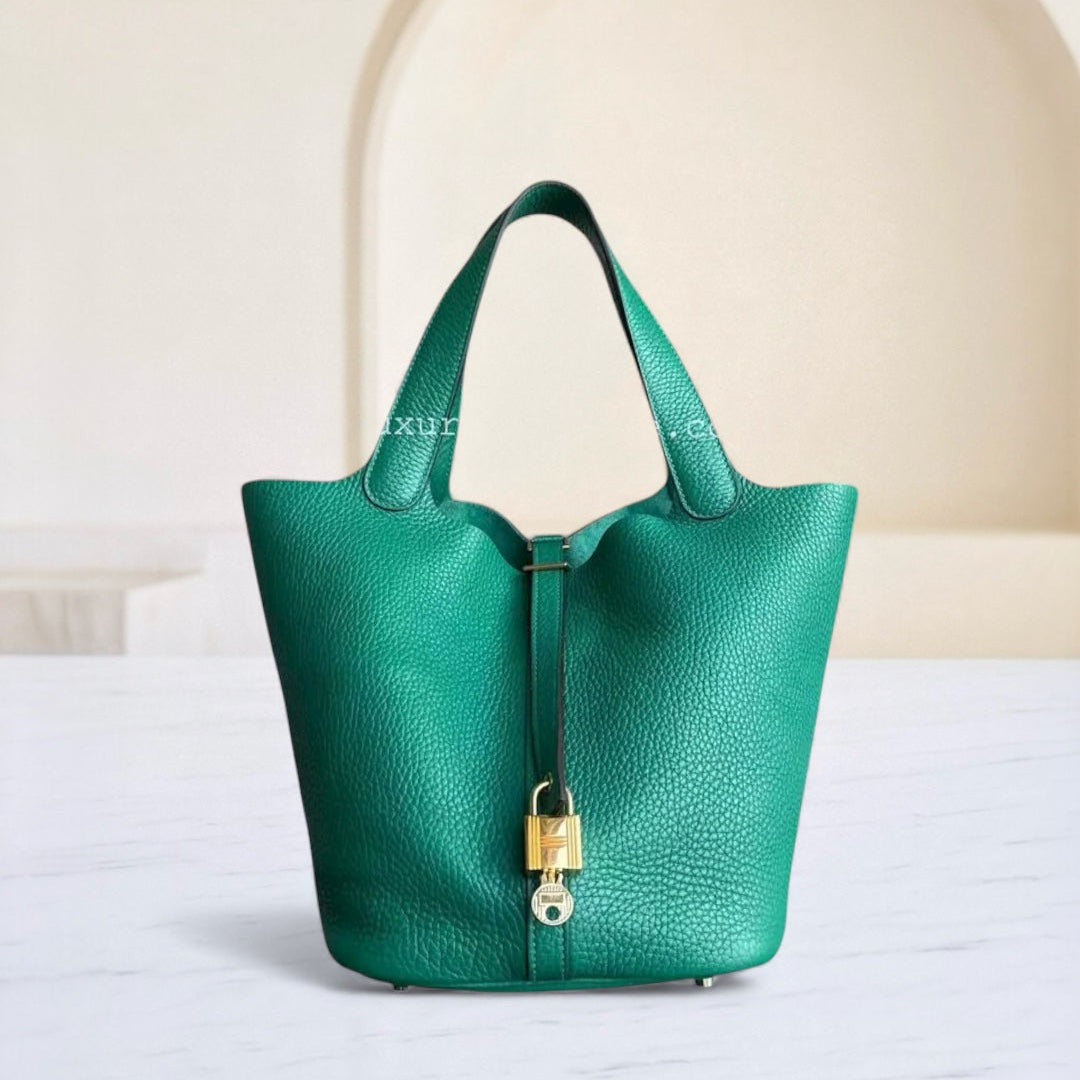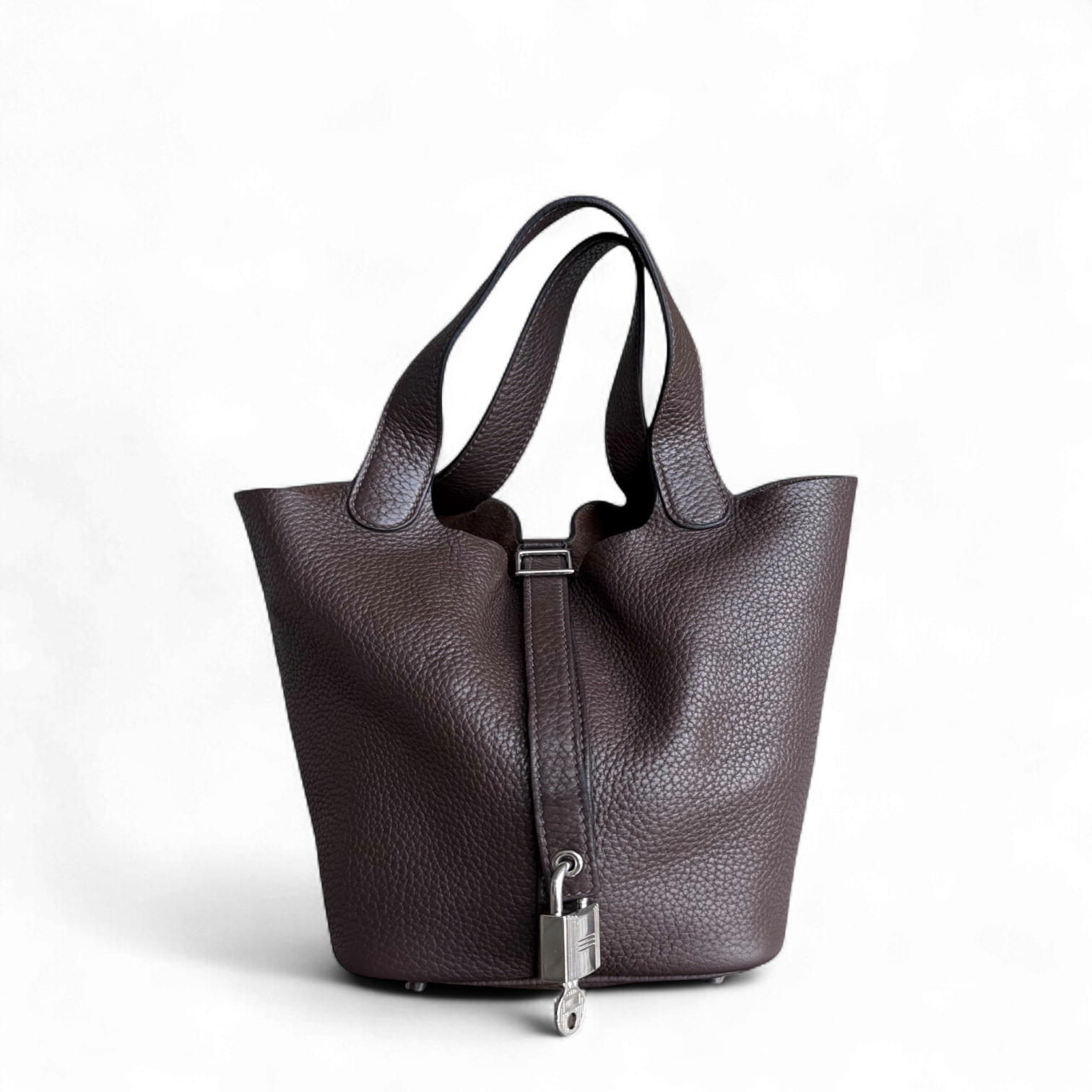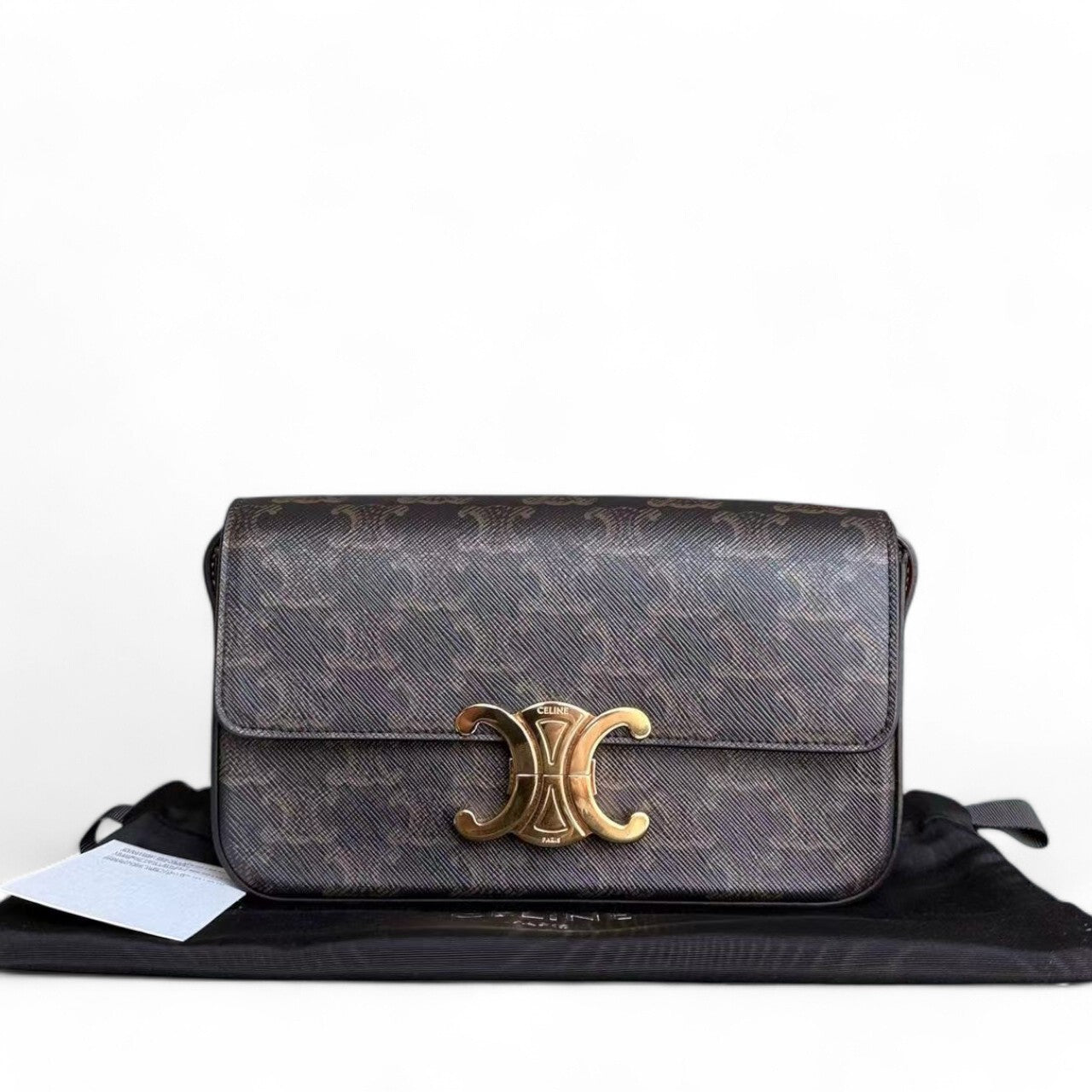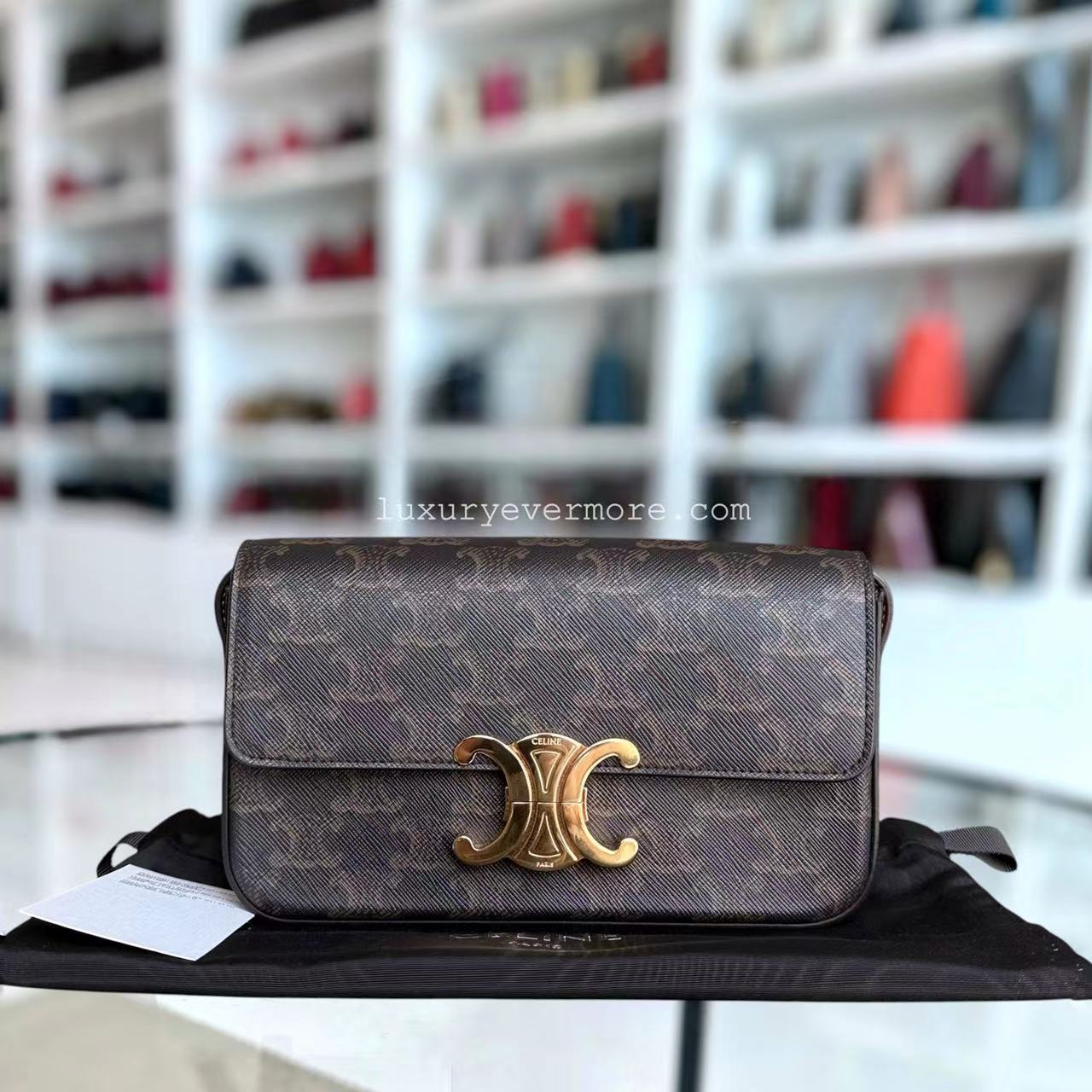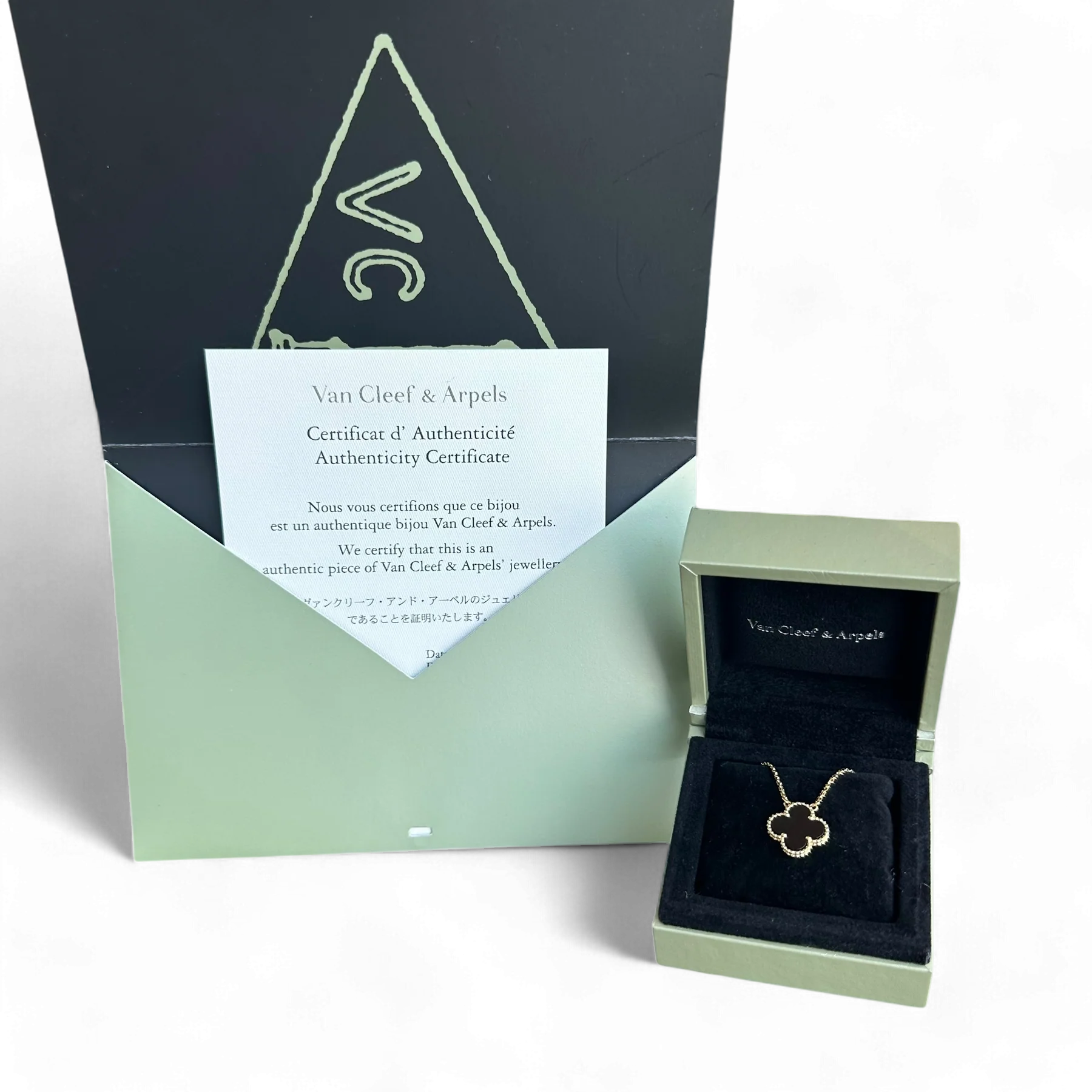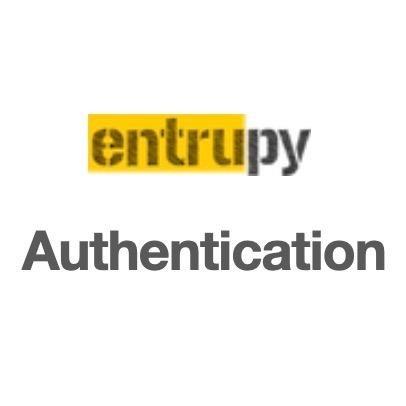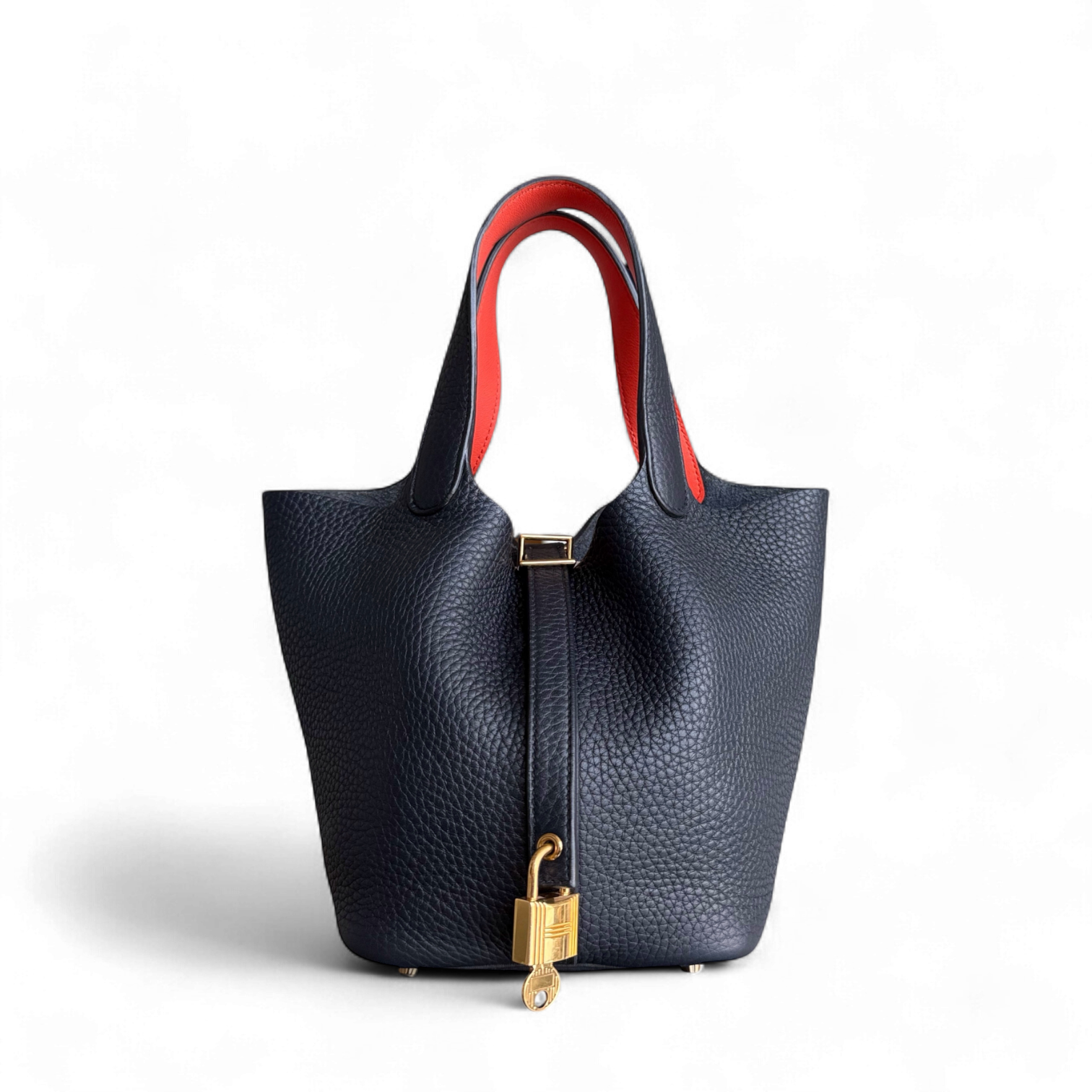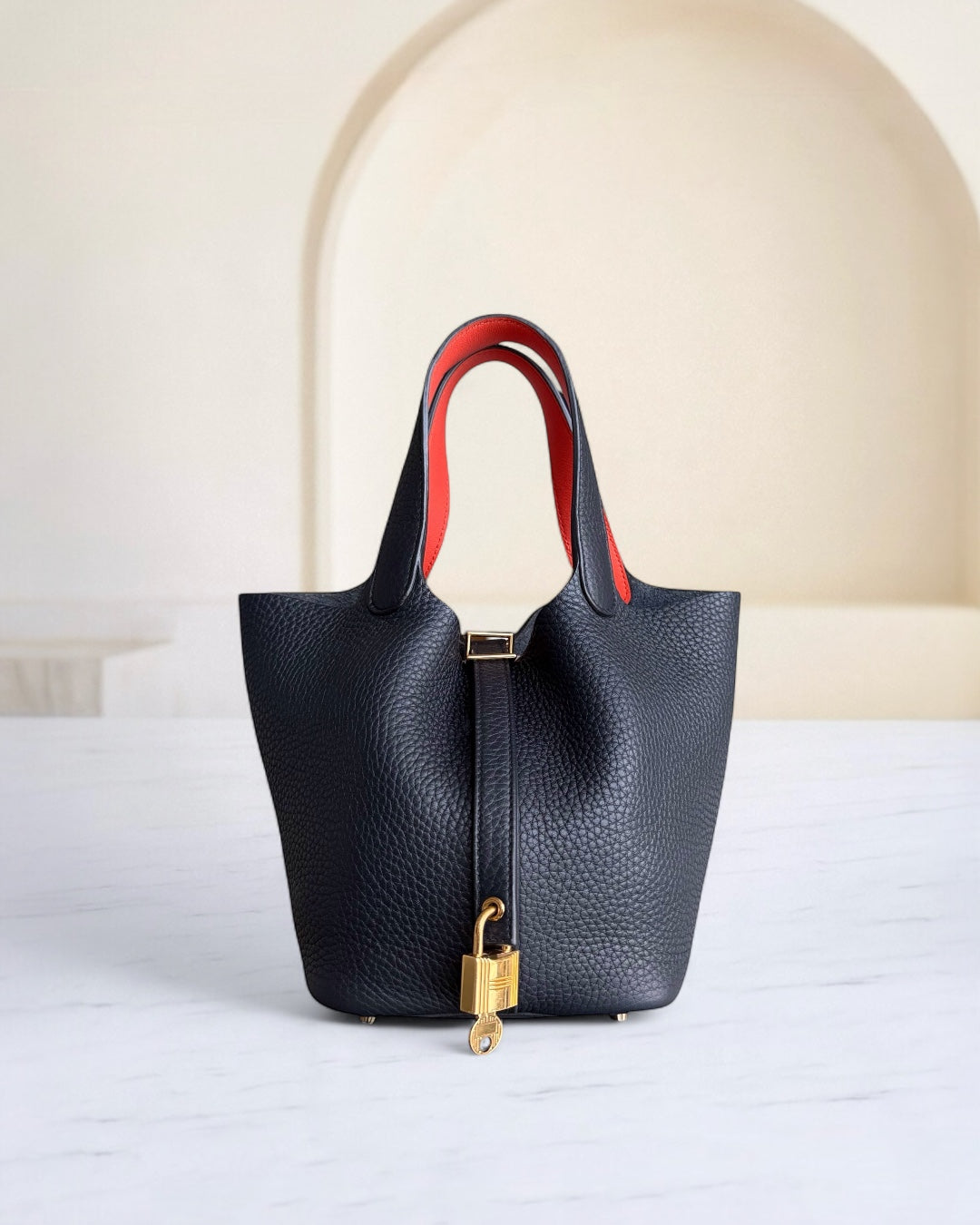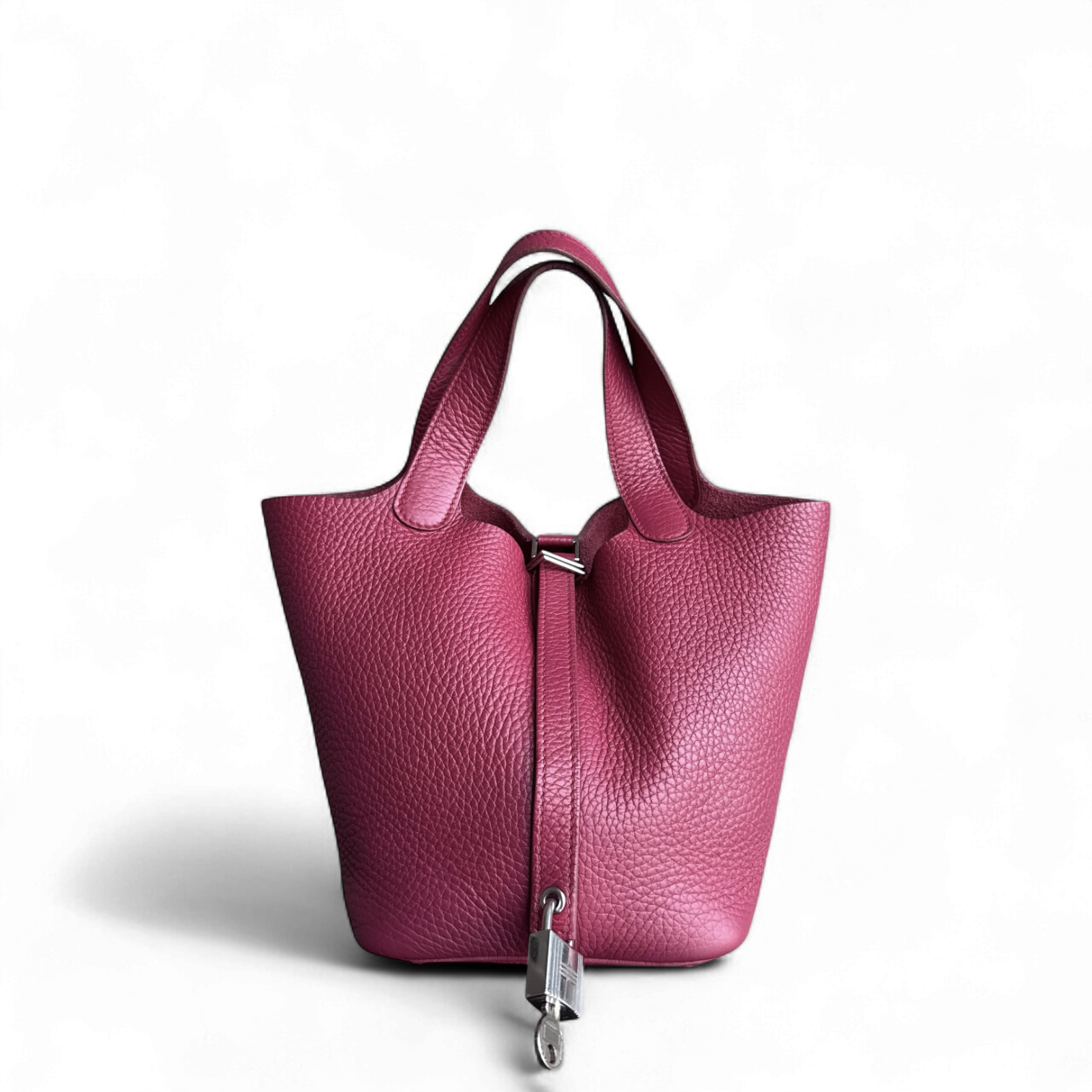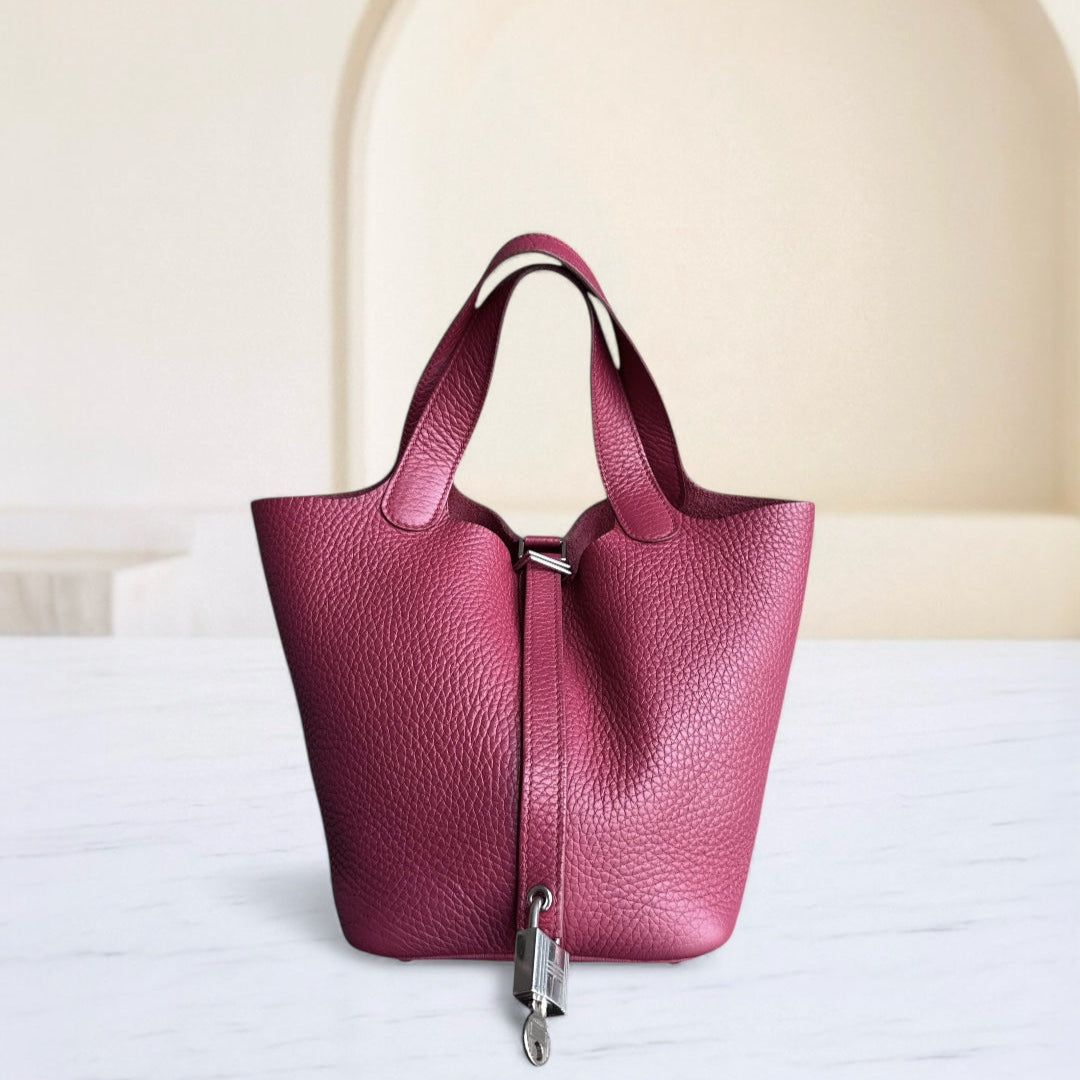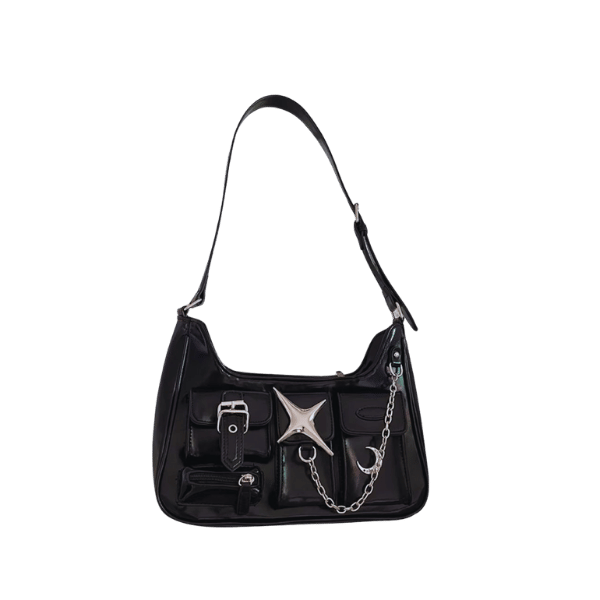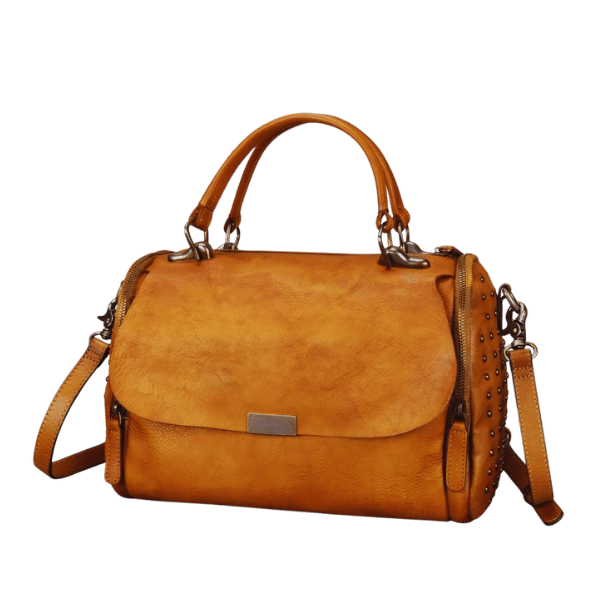Antique Jewelry Buyers: A Comprehensive Guide to Selling Antique Jewelry
The sale of vintage ornaments can be fun, yet an intricate endeavor, especially when there is a search for the ideal purchase, also known as identifying the worth of the antique. If you have amassed a collection of antique jewelry and now wish to trim it down, or simply let go of any collections you may have received as gifts and would like to gift other people, buying and reselling vintage jewelry is full of possibilities - and dangers, too. The purpose of this manual is to provide the necessary information and approaches that can allow you to make the right choices to ensure that your goods are valued appropriately. From verifying the origins of the pieces and understanding the current demand for them, to checking if the available antique jewelry buyers are trustworthy, we will provide you with basic information to help you sell antique jewelry safely and within reason.
Understanding Antique Jewelry

Antique jewelry is jewelry that is at least a century old. These pieces usually have carvings and styles that depict a specific time period, for example, the Victorian period, Edwardian Era, or the Art Deco period. More often than not, however, true antique jewelry is made from some of the best materials, such as gold and silver, along with precious stones, and this adds value to the piece, Considering Its History as well. This helps in ensuring that the collectors do not end up paying for forgeries, reproductions, or other old things that do not qualify as antiques, because their materials, age, or even condition need to be proved as being in existence. Whereas antique jewelry buyers, on the other hand, tend only to be interested in history, detangling.
Defining Antique vs. Vintage Jewelry
Antique jewelry is often considered to be more than 100 years old, and it evokes historical significance or craftsmanship. Vintage jewelry is 50-100 years old, bearing styles distinguishable from particular eras.
|
Parameter |
Antique |
Vintage |
|---|---|---|
|
Age |
Over 100 years |
50-100 years |
|
Era |
Pre-1920 |
1920-1970 |
|
Style |
Historical, ornate |
Era-specific, bold |
|
Materials |
Gold, platinum |
Gold, rose gold |
|
Craftsmanship |
Handcrafted |
Machine-assisted |
|
Value |
High, rare |
Moderate, collectible |
|
Examples |
Victorian, Art Deco |
Retro, Mid-Century |
Factors Affecting Value: Age, Rarity, and Craftsmanship
- Age: It stands to reason that age affects the price of jewelry in one way or another. Old, and especially very old pieces of jewelry, have some history behind them, and usually, jewellers do not meet such jewelry very often, and that is what draws connoisseurs and collectors to such things.
- Rarity: It not only appeals to mass production markets but also positions a limited range of copies locked to the designer. Antique items often possess such qualities and high-priced ones at that.
- Craftsmanship: Fortunately, excellent craftsmanship emphasizes that good craft skills were involved during the process. Beautifully executed patterns, impressive engravings, and even absurd methods form the appreciation of the art concern and increase the worth of the jewelry.
Historical Significance of Antique Pieces
Old jewelry is of importance from a historical viewpoint since a given piece has indicators as to culture, artistry, or technological developments not yet in use at those times. They can often act as physical tokens of the age, appropriately crafted to illustrate the fashion of the day, materials applied, and means of work employed. They also, however, outline the values, traditions, and relations of the economy within the respective eras. Aesthetic value is accentuated by the understanding of the background, and this most naturally enhances the satisfaction of possession as well as the desirability.
Identifying Trustworthy Antique Jewelry Buyers

Red Flags to Watch For
- Absence of Needed Documentation or License - Professional buyers always hold certificates and licenses that promote their professionalism and legitimise their businesses. A buyer who refuses to produce any of these documents should be regarded rather suspiciously.
- Urgency to Close the Deal - Serious buyers often spare some time to allow clients to think through their options. For instance, if a buyer asks you to consent to the offer as soon as possible or states that the offer is not going to be there for long, it should raise concerns.
- Disconcertingly Low Valuations - Although most of the buyers would like to fill their pockets, there are very few buyers who would give peanuts below the actual value. Checking the average price of one’s items in advance assists in catching some extent of antique jewelry buyers' misfortune.
- Openness - A sound buyer always articulates how he/she get to their values. If a buyer refuses to respond to questions or does not disclose their basis of valuation, then I assume they are not being truthful.
- Absentee Paperwork - Trustworthy purchasers, such as antique jewelry buyers, provide assurance by having a signed receipt or contract that provides the details of the transaction and offers terms for it. As an alternative, if one sees avoidance in having a record for a legitimate purchase, this poses the risk of fraud or subsequent conflicts.
Importance of Credentials and Reviews
Researching the backgrounds of buyers and assessing their market standings is fundamental to establishing trust in any transaction. Documents, such as letters of credit or trade certifications, establish that the purchaser within the business framework is reputable and operates within a given scope of business. Equally, reviewing testimonials from past customers offers a glimpse of who the buyer is, or how they conduct business, amongst others. A good review suggests that a particular buyer did not have adverse dealings, and a bad review suggests possible problems that may have been encountered. Thus, eliminating antique jewelry buyers with bare minimum credentials and few positive reviews reduces the chances of engaging in fraudulent activities as well as limiting the lassitude of the process.
Effective Communication with Buyers
It is crucial to interact appropriately with any antique jewelry buyers by taking into account their concerns. Find out exactly what they require and what specific inquiries they make. Be attentive, and necessary questions that help remove any ambiguities should be posed. Do not beat about the bush, answer their questions, and keep all details concise and to the point. Make use of basic formal language in your answers to make them easy to understand. Additionally, draw only on accurate and recognizable information. Such an approach to communication ensures a healthy client base and obviates any chances of conflict arising.
Practical Tips for Selling Antique Jewelry

Cleaning and Presenting Your Jewelry
- Gentle Cleaning Techniques: When cleaning antique jewelry, the use of a soft-bristle brush and a solution of light soapy water is recommended. Harsh chemicals should be avoided – they can be detrimental to fragile materials or finishes.
- Polishing Carefully: Polishing cloths that are specifically made for this purpose are suitable for metal parts of jewelry, and they are great for bringing back the luster without scratches.
- Look for Any Defects: Make it a habit of checking the jewelry constantly for any loose stones, faulty clasps, after reassembling it in readiness to show it to prospective jewelry buyers.
- Proper Storage: Ensure that each of the pieces is placed in a box with padding or in a soft material to avoid any scratches or tarnish, then place it in a cool and dry area away from solar rays.
- Display Appropriately: Place your jewelry on velvet boards or inside lighted display cases, so that the best features are accentuated to the potential customer.
Negotiation Strategies for Better Deals
- Investigate the Market Value: Set practical goals and gear up for negotiations, having obtained knowledge about the worth of parallel goods in the market.
- Make a Sensible Opening Bid: An Overlapping bid should be made in such a manner that it ranges from fairly reasonable or fair to the original price, but not the value of the good.
- Analyze what the Buyer wants: It is of great importance to analyze what is the most precious aspect of this product to the customer, as opposed to other elements like its cost, quality, or the commonness of its possession for others.
- Emphasize Distinctive Aspects: It is imperative to place greater emphasis on the characteristic aspects of their item that contribute to the worth attached to it, such as production and age.
- Play the Silent Game: Use selective silent gaps in the conversation to allow the purchasers to think over the points made, which may facilitate their acceptance of the terms of the offer.
- One should be Ready to Walk Away: It is possible that suppressing certain aspirations and deserting the negotiation table can be helpful, as it builds self-belief and bravery to walk away whenever unacceptable conditions are proposed, knowing that more attractive deals are always possible.
Understanding Market Trends in Antique Jewelry
From my point of view, comprehending the market in relation to antique jewelry buyers entails understanding both present-day tastes and designs in demand as well as how economics affects pricing. I concentrate on analyzing new auction results and reporting on changes in appreciation for specific materials (such as containing concrete examples of the growing popularity of Art Deco or Victorian works of art). There is also a strategy that involves looking at the attractive regions, or categories that can be most threatened by competition due to an increase in sales. Moreover, I evaluate the dynamics of global and industry changes, regarding supply and demand, so that I do not act out of tune with this picture.
Factors Influencing Antique Jewelry Pricing

Valuation of Precious Metals: Gold, Platinum, and More
Antique jewelry buyers attribute great relevance to the type and conditions of the precious metals it contains. Most used types of metal include:
- Gold: Depending on the karats, mass, and cost, it is ranked. Lesser understood varieties include yellow gold, white, and rose gold, which might be taken into consideration during pricing.
- Platinum: A tougher and rarer metal that generally sells more expensive per troy ounce than gold, depending on supply and demand.
- Silver: For the bearer, it is of lesser value than gold or platinum. But this is one of the most common types of precious metal in antique jewelry, whose value may be defined according to the degree of fineness and the weight.
- Palladium: An atypical but pricy precious metal, simple and similar to platinum among other contrasting elements, palladium’s allure has been on the rise for many years.
- Rhodium: Rhodium is largely utilized in facilitating the coating of other metals to improve their luster and hardness. The reason for this is that the price of rhodium can be quite high because there is not a lot of it.
- Mixed Metal Combinations: Even among antique examples from history, there are some that feature very innovative colorations of the applied metal, making them more complicated to appraise.
Antique adornments prices are, in turn, affected by each of the metals in question, together with the existing marketing conditions of those times.
Assessing Gemstone Quality: Diamonds, Rubies, and Sapphires
Diamonds, rubies, and sapphires are evaluated using the 4Cs of gemology: color, clarity, cut, and carat weight.
|
Parameter |
Diamonds |
Rubies |
Sapphires |
|---|---|---|---|
|
Color |
D-Z scale |
Vivid red |
Velvety blue |
|
Clarity |
Flawless ideal |
Eye-clean |
Minimal inclusions |
|
Cut |
Precision |
Maximizes color |
Enhances color |
|
Carat |
Size impacts |
Rare over 1 ct |
Larger common |
Market Fluctuations and Their Impact on Prices
The price of antique jewelry is significantly affected by market movements. This means that the cost is affected by developments in the level of supply and demand, changes in currencies, and the prevailing economic situation in the world. When, for example, the demand for gold or platinum goes up, then such jewelry also takes a higher price. Likewise, stone prices can be influenced by the availability and the public's taste. Antiquities collectors and persons with investment purposes should file credible market reports, evaluate other people’s opinions about the industry, and draw conclusions regarding purchase opportunities or evaluations.
Common Mistakes to Avoid When Selling Antique Jewelry

Undervaluing Your Pieces
A common error many people make when it comes to antique jewelry sales is that they often do not know the value of their pieces because they haven’t had them appraised properly. Getting one’s items for valuation by jewelry appraisers certified in old items is very important. Among other things, this will make sure that issues such as scarcity, age, and value in the marketing sense are factored into the prevailing mind. You must not ignore any report on the price suggested by antique jewelry buyers or cheap rippers, as you would be exposed to financial disaster. Do your homework and talk to professionals about the real value of your piece of jewelry prior to sale.
Skipping Proper Appraisals
If individuals fail to appraise their jewelry adequately, incorrect appraisals may be costly for the owner. Specialists ensure value for a piece of art through determining the scope of protection, originality, age, and even the style of approach in the work in question. In the absence of this authority, an individual could keep the price of an item too low and also be wary of offers that are misleading. As such, it is very advisable that correct evaluations, as well as appraisals, are sought first before accepting any, and therefore seeking the actual value of the jewelry that one owns.
Rushing into Deals
In many potential cases, mainly including purchases and sales of valuable items such as jewelry, one may act in panic and delve into transactions, and this, in turn, may lead to unnecessary mistakes. Accepting offers that are far away from the actual value of the item would be a temptation in such times and situations. You should therefore compare prices in the market first, seek expert opinion, and confirm whether the item is authentic. Therefore, in order to take well-considered decisions and avoid loss of money and other assets, working and waiting in silence is helpful.
Finding Reputable Antique Jewelry Buyers

Online Platforms for Selling Antique Jewelry
When contemplating strategies for selling antique jewelry over the internet, one needs to be aware of the sites renowned for their security and credibility. There are reliable platforms, for example:
- eBay: Is a vast global online marketplace where interactivity between sellers and buyers is allowed. Ensure that you employ effective descriptions and pictures to engage buyers.
- Etsy: A successfully styled market for vintage and hand-crafted products, Antique jewelry perfectly sells well on sites like Etsy due to their targeting of niche audiences.
- Ruby Lane: So far into its strategy, Ruby Lane has positioned itself as engaging with both old-school buyers and sellers who want unique, authenticated antique pieces.
- 1stDibs: 1stDibs is a high-end shopping site that mainly sponsors luxury-oriented stores, thus serving perfectly for very expensive and uncommon items.
Prior to placing your jewelry for sale, examine the guidelines, charges, and protections for sellers so that you have a good transaction experience in the market.
Local Shops and Auction Houses
Local jewelry stores or regional auctioneers are often ideal places for assessing antique jewelry to sell, especially for those looking for a face-to-face method. The local jewelers usually have a ready customer base with the ability to appraise and buy a vintage glass or metal piece where appropriate. In contrast, auction houses offer a marketplace to buyers with more active participation and therefore may secure better prices for some unique or high-value goods. Look around for sophisticated companies doing such businesses where you live, but make sure that they are veteran, seasoned, so that you garner the best returns on yours.
Networking with Other Collectors and Jewelers
An expansive range of information about the antique market and various avenues for trading may be obtained, especially when networking with fellow collectors and jewelers. Enhance socializing activities and create linkages with peers who are also practitioners by going to trade fairs, expos, shows, and practically antique jewelry buyers at every turn. Enrolling in collector clubs or discussion platforms might also yield rare findings and useful information. These connections can also play an active role in facilitating the building of personal relationships, trust, and hence mutual willingness to do business or cooperate with each other for personal gain.
Frequently Asked Questions (FAQs)
Q: What do buyers search for in antique jewelry?
A: Antique jewelry buyers go in pursuit of all sorts of beautiful vintage and antique jewelry, down to casual items like earrings and pins. Anything Art Deco or Art Nouveau by great houses like Tiffany and Cartier is the desire.
Q: How to sell my antique jewelry online?
A: Numerous reputable online platforms can help one sell old jewelry across New York City or the country to buyers of jewelry. Consider selling on sites that specialize in antique and vintage jewelry sales and offer secure payment options, keeping transactions simple.
Q: What is the difference between antique jewelry and vintage jewelry?
A: Antique jewelry tends to be used for pieces that are more than one hundred years old, with vintage jewelry generally describing those that are at least twenty, but less than one hundred years old. Both can have valuable pieces: diamond rings, emerald necklaces, and gold jewelry.
Q: How can one ascertain the value of his or her antique jewelry?
A: Antique jewelry is generally valued with an appraisal. Counter-factors are the age, workmanship, materials (14k or 18k gold), demands of the market, etc. Having an expert in jewelry would bring about a more accurate value.
Q: Do buyers for antique jewelry limit themselves to only one category or type of jewelry?
A: Indeed, antique jewelry buyers usually confine themselves to the purchase of only one kind of jewelry: estate jewelry, designer pieces, or even certain stones (sapphires, opals). It is best to do some research and approach those buyers who deal with the kind of jewelry you have.
Q: What if I wanted to sell my antique jewelry fast?
In the case of a jewelry sale that is so swift and antique, one might consider stopping at the nearest pawnshops or getting in touch with a few jewelry buyers who will give immediate cash payments. Online platforms may act as online buyers who will pay the seller cash returns on the spot for their goods.
Q: Can I sell an antique piece of jewelry if it is broken or missing stones?
A: Many antique jewelry buyers from around the world would be interested in such an item, as they may have it restored or recycled for material. However, this would be paid less than for one in full pristine condition.
Q: What is the fastest way to locate antique buyers around my area?
A: To find antique buyers around NYC, search antique stores or jewelry buyers online. Or look at online marketplaces that deal in antique and vintage jewelry.
Q: How can someone prepare their precious antique jewelry for sale?
A: Prepare your antique jewelry by gently cleaning it in order to improve its presentation; collect whatever documentation or appraisal reports are available, and also take clear photographs. These will certainly help attract buyers for the highest price.
Q: How are sellers paid for the sale of antique jewelry?
A: Buyers may or may not pay for the jewelry on the spot. Some accept cash right away, while others want to give you a check or an electronic transfer. Therefore, it is vital to ask about preferred methods of payment before closing any deal.
Reference Sources
- Gemological Institute of America (GIA) - Tips for Purchasing Estate Jewelry: This source provides information on evaluating estate jewelry, checking for damages, and assessing its authenticity.
- Smithsonian Museum Conservation Institute - Artifact Appraisals: The page discusses appraisals for antiques, including jewelry, outlining the respective roles played by professional appraisers and dealers.
- Gemological Institute of America (GIA) - How to Shop for Antique and Vintage Engagement Rings: Tips on the purchase of antique and vintage jewelry, including referring to auction catalogs and retailer lookups.
- Jewellery
- Diamond
- Antique
Contact Luxury Evermore should you need help with acquiring or building up your collection. There is a variety of brands with different styles, as well as sizes, and colors, for example, Hermes, Chanel, lv and Dior. If you are not lucky enough to find the bag you are looking for on our website then our concierge team will probably be able to order it for you. We provide 100% authenticity guarantee for all our bags, and any item sold on this site will be dispatched to you within one to two business days upon receipt of the payment.

